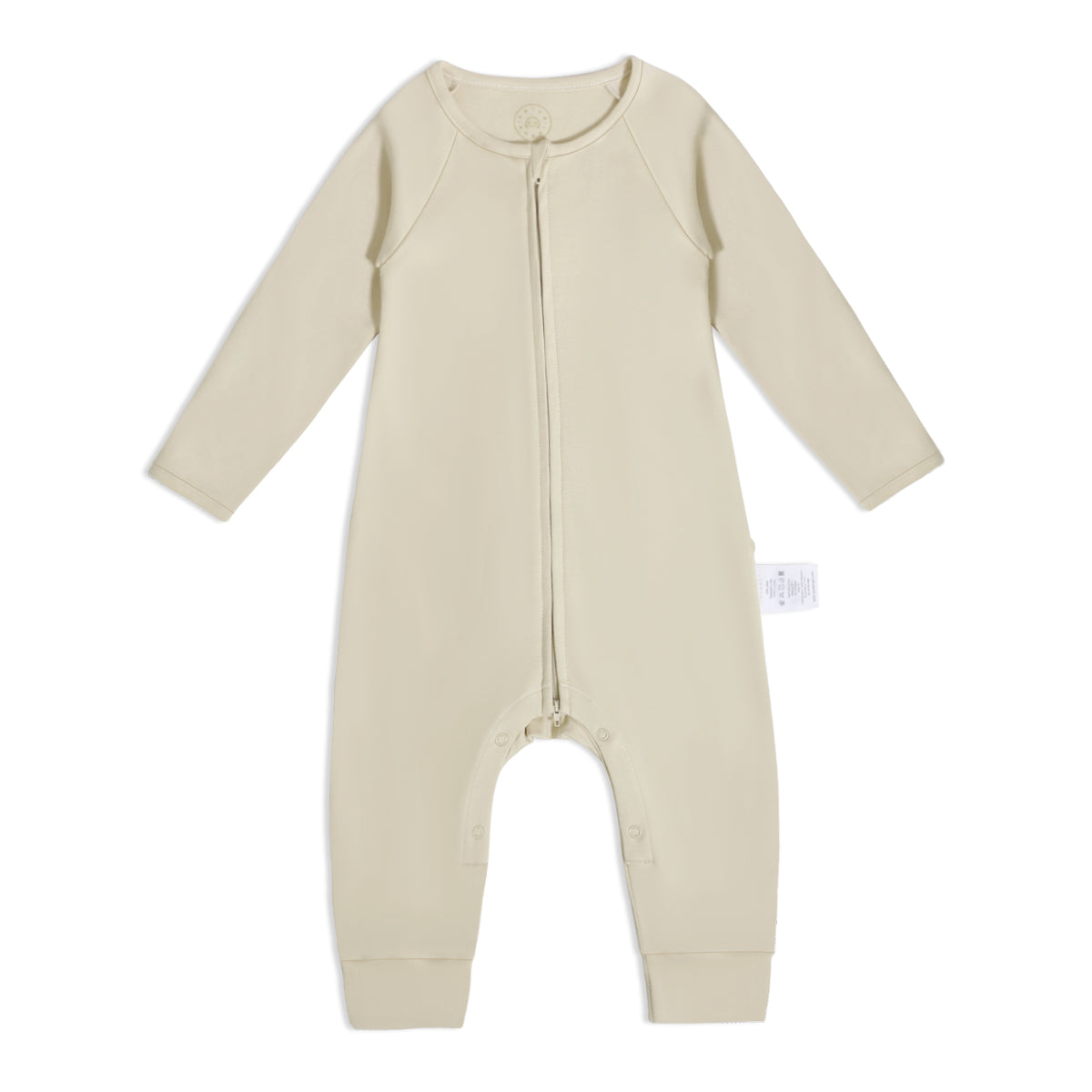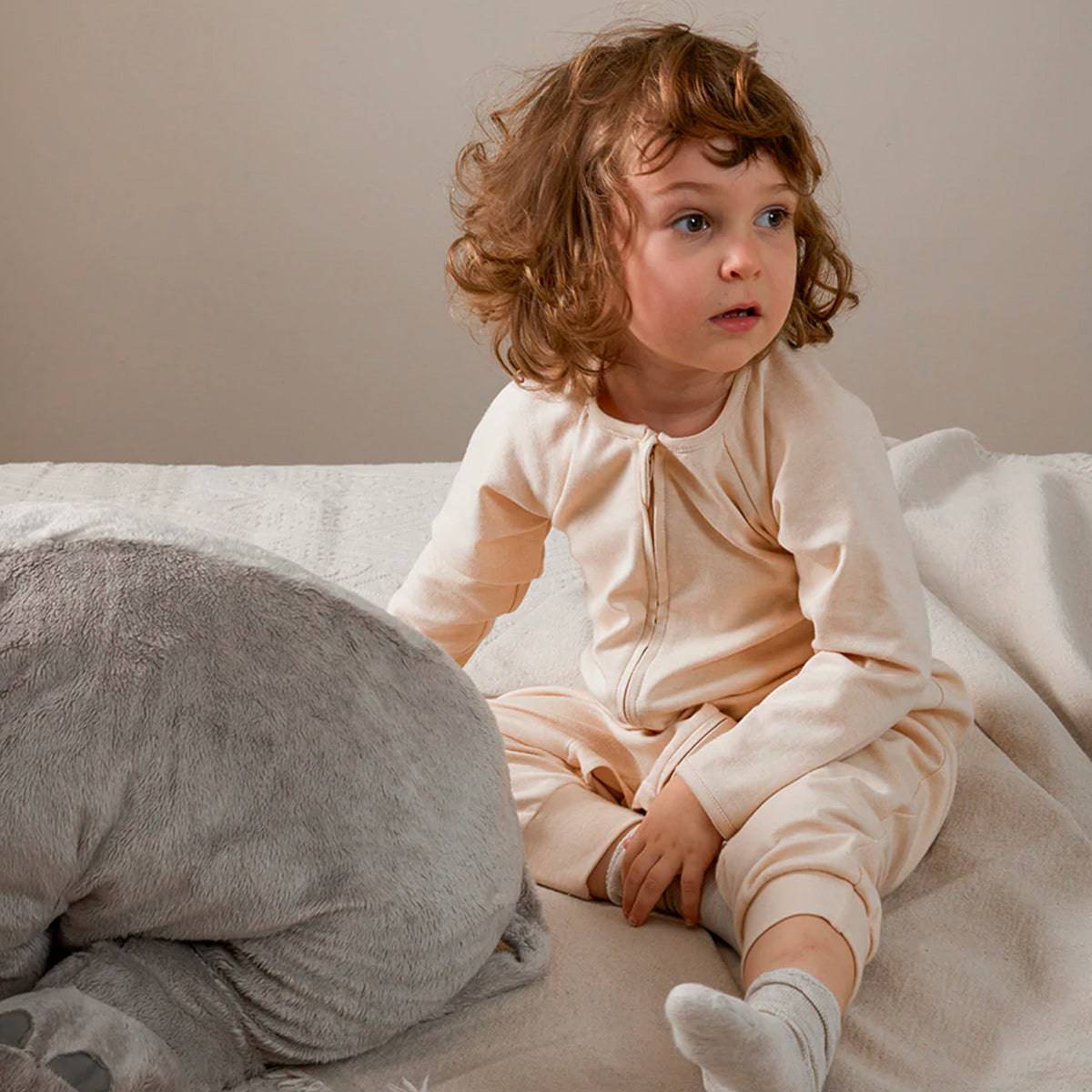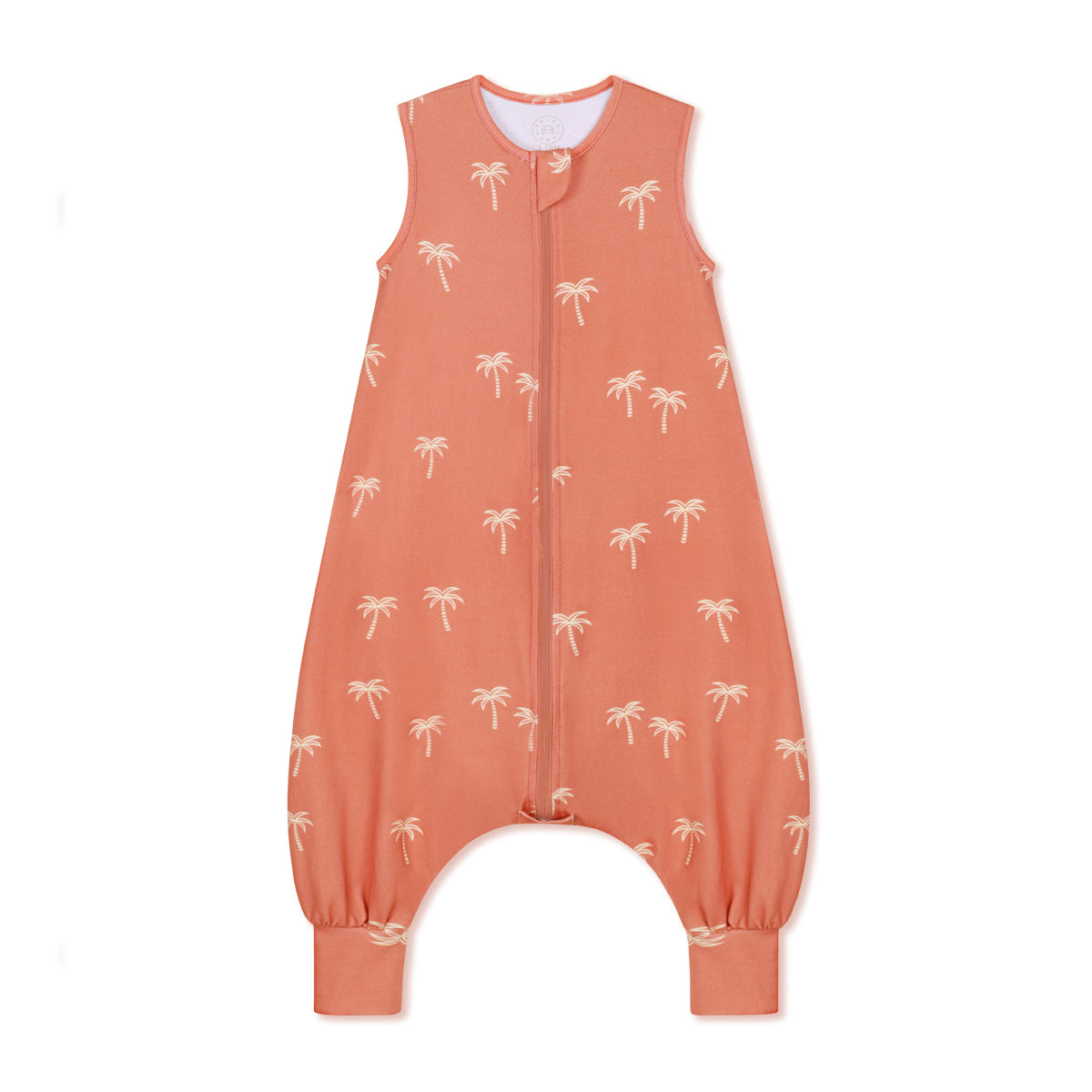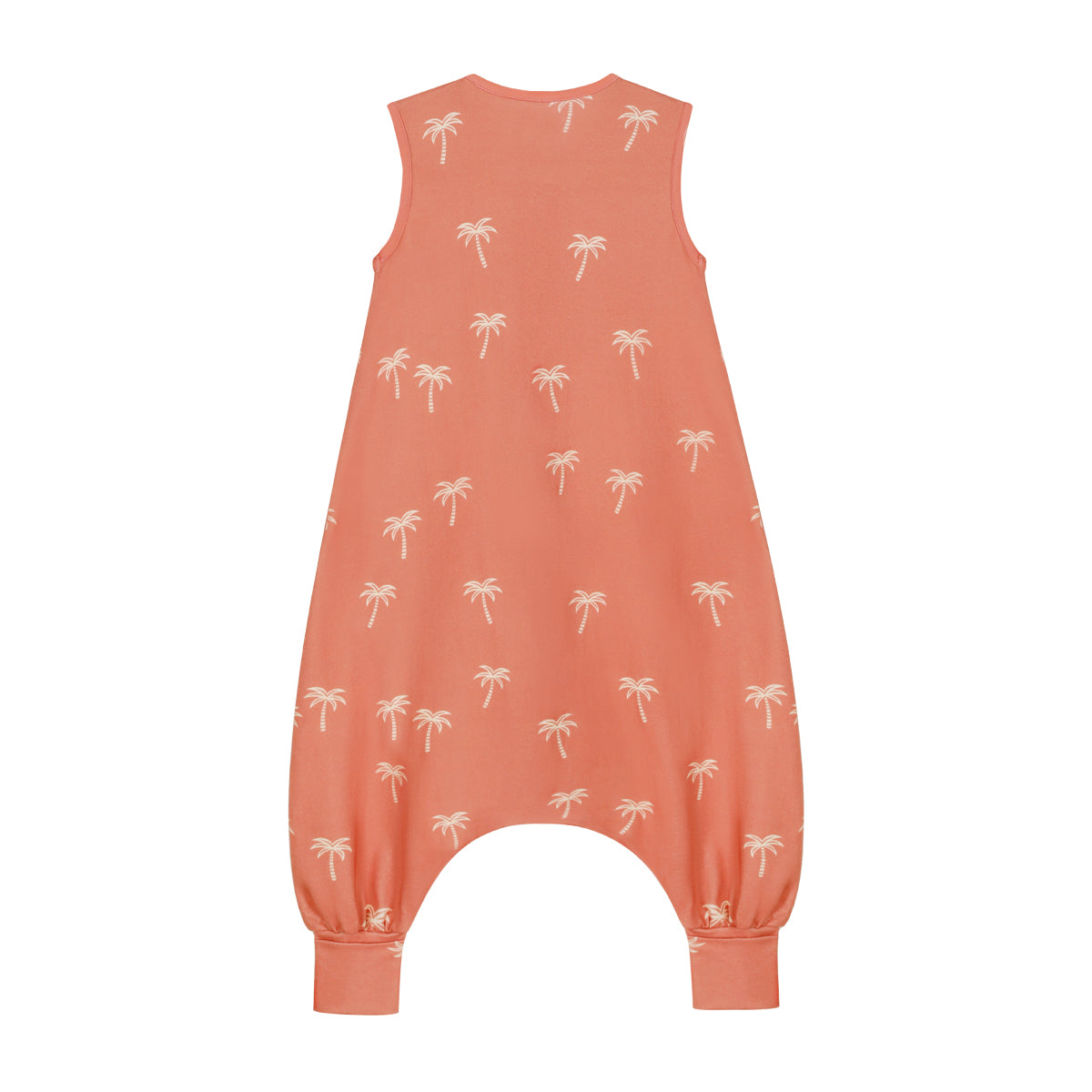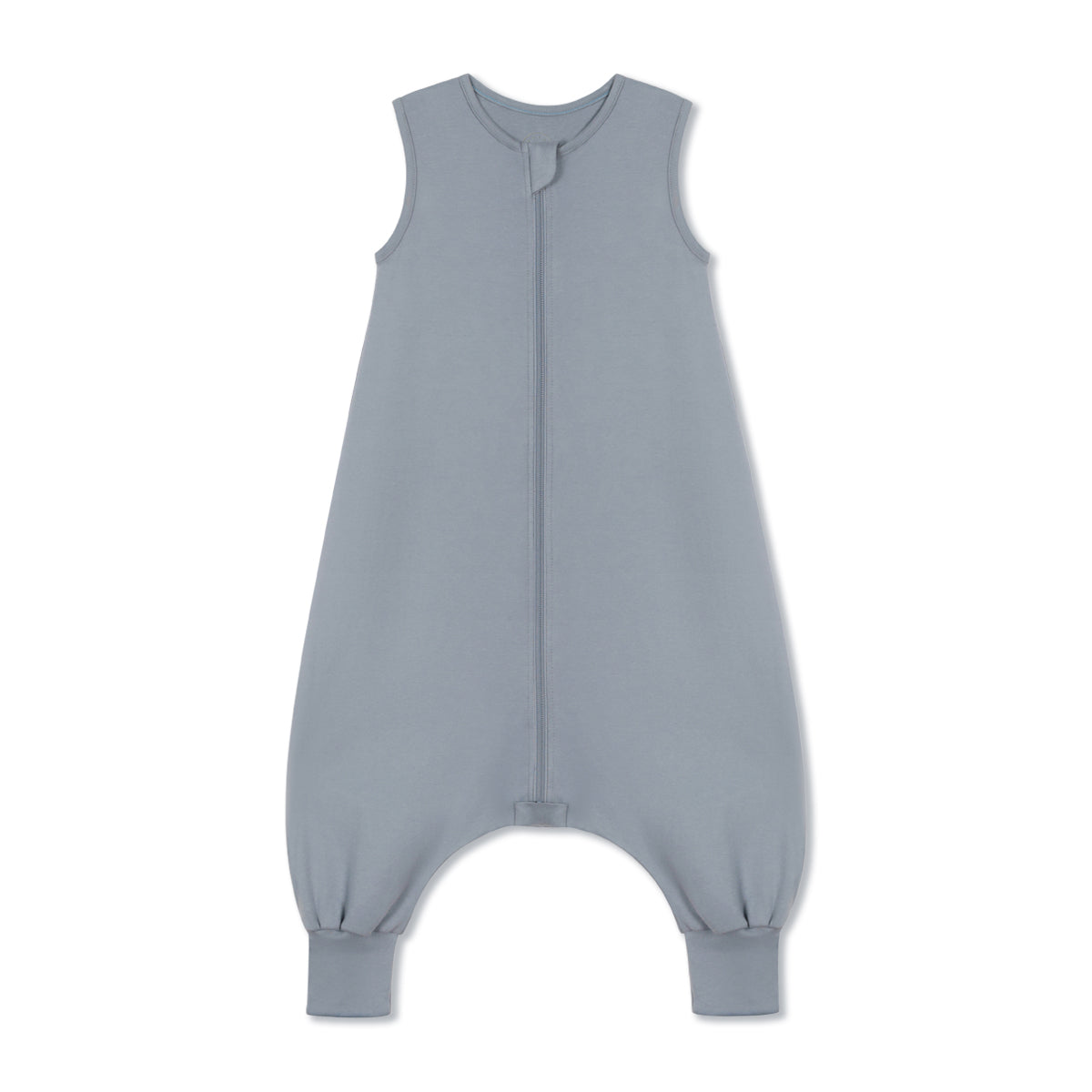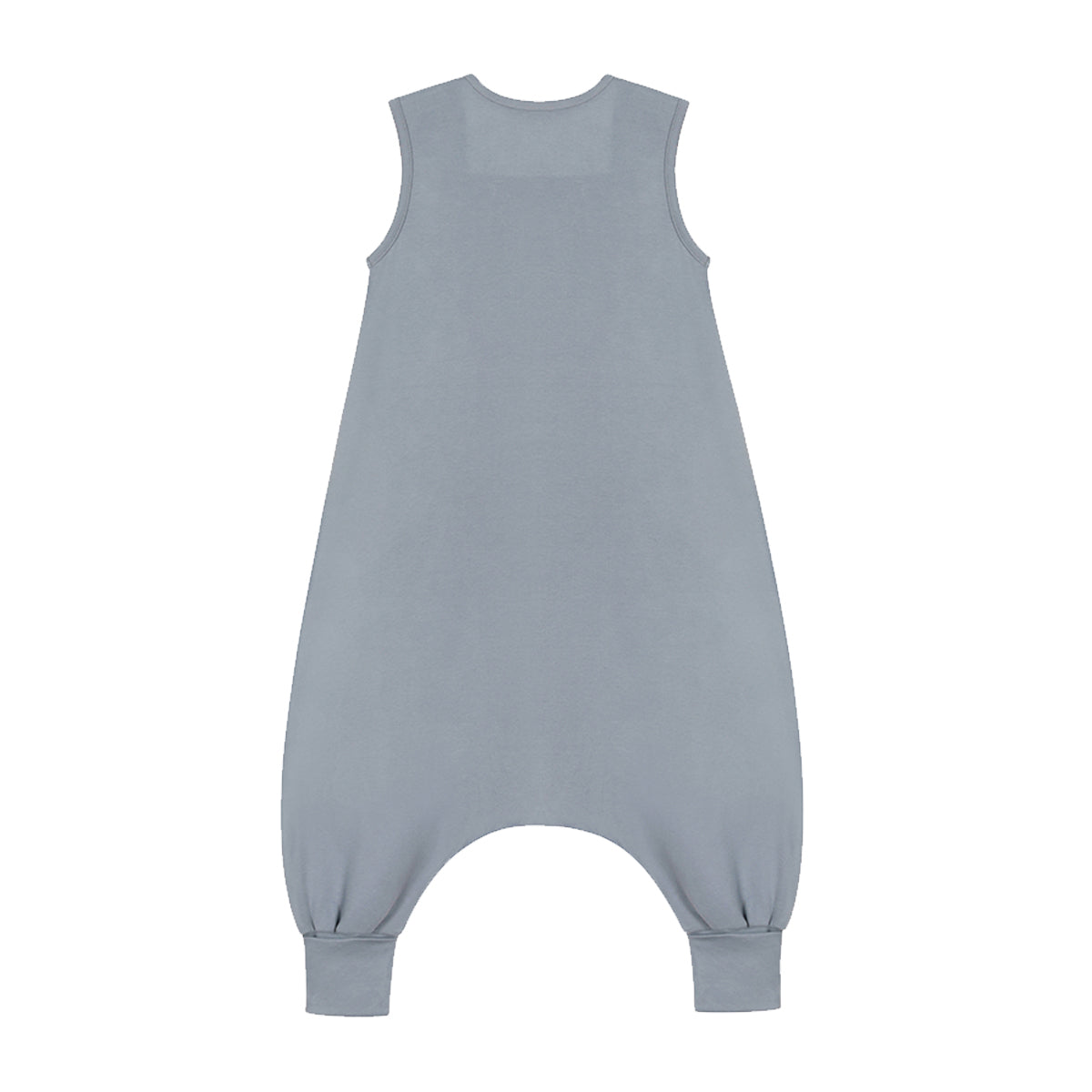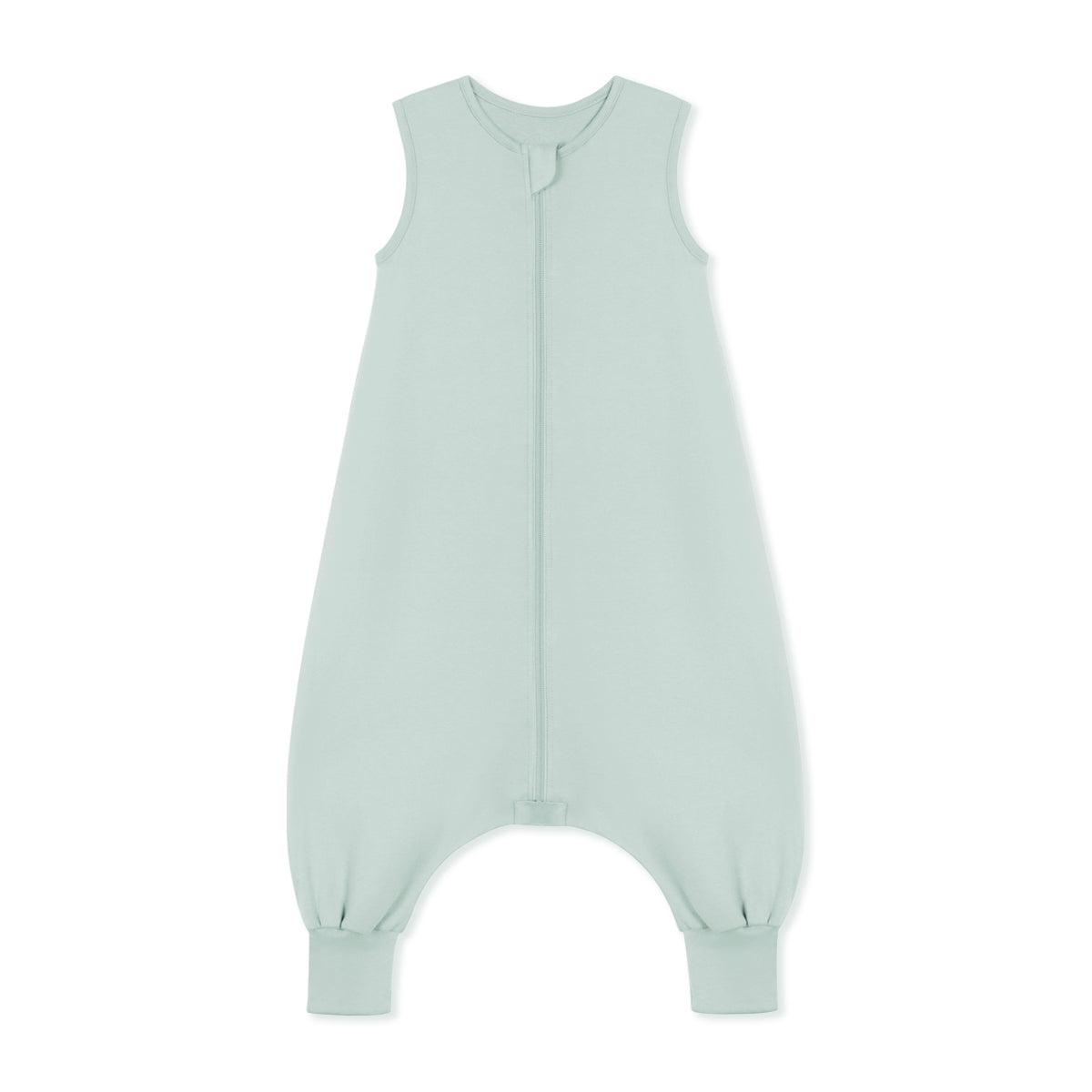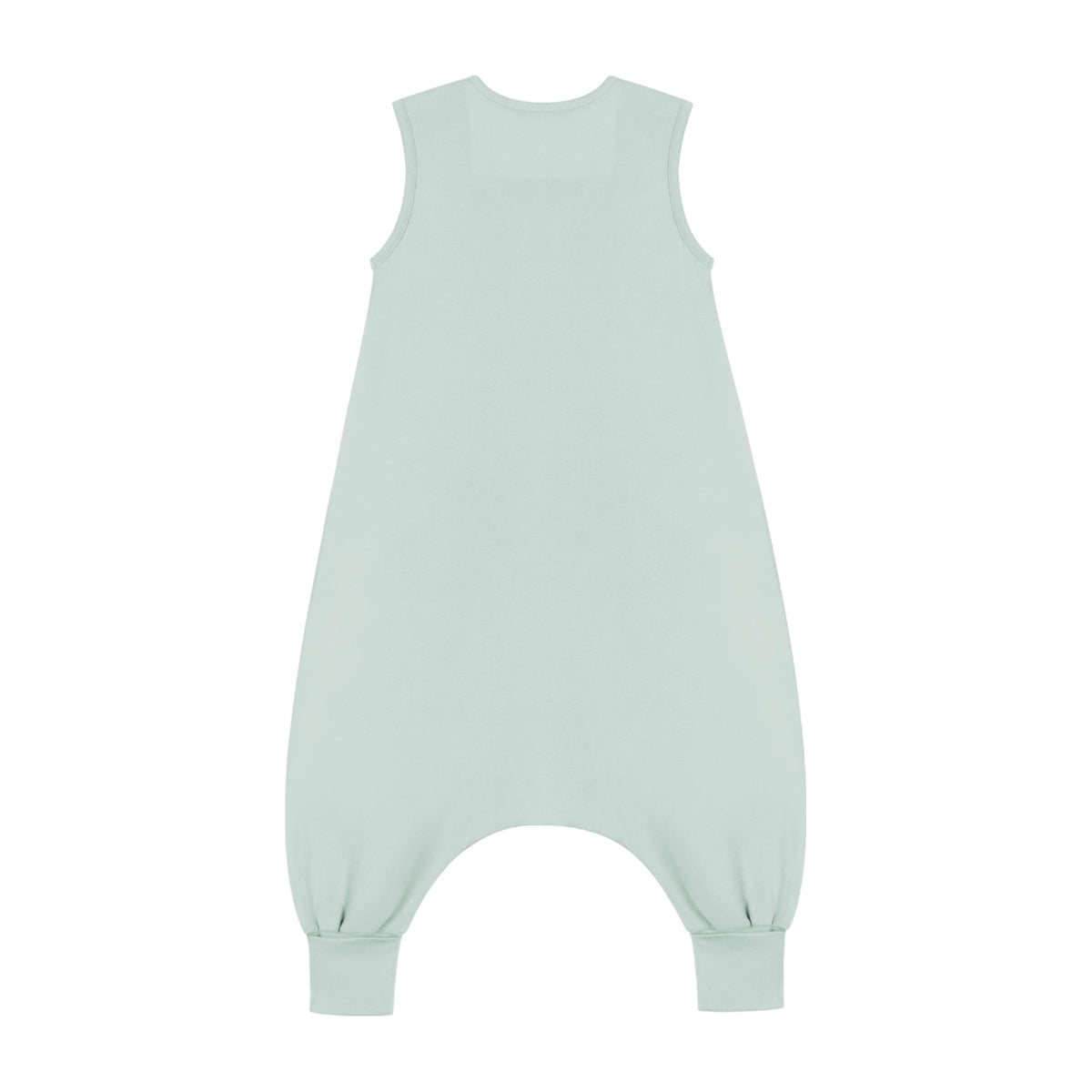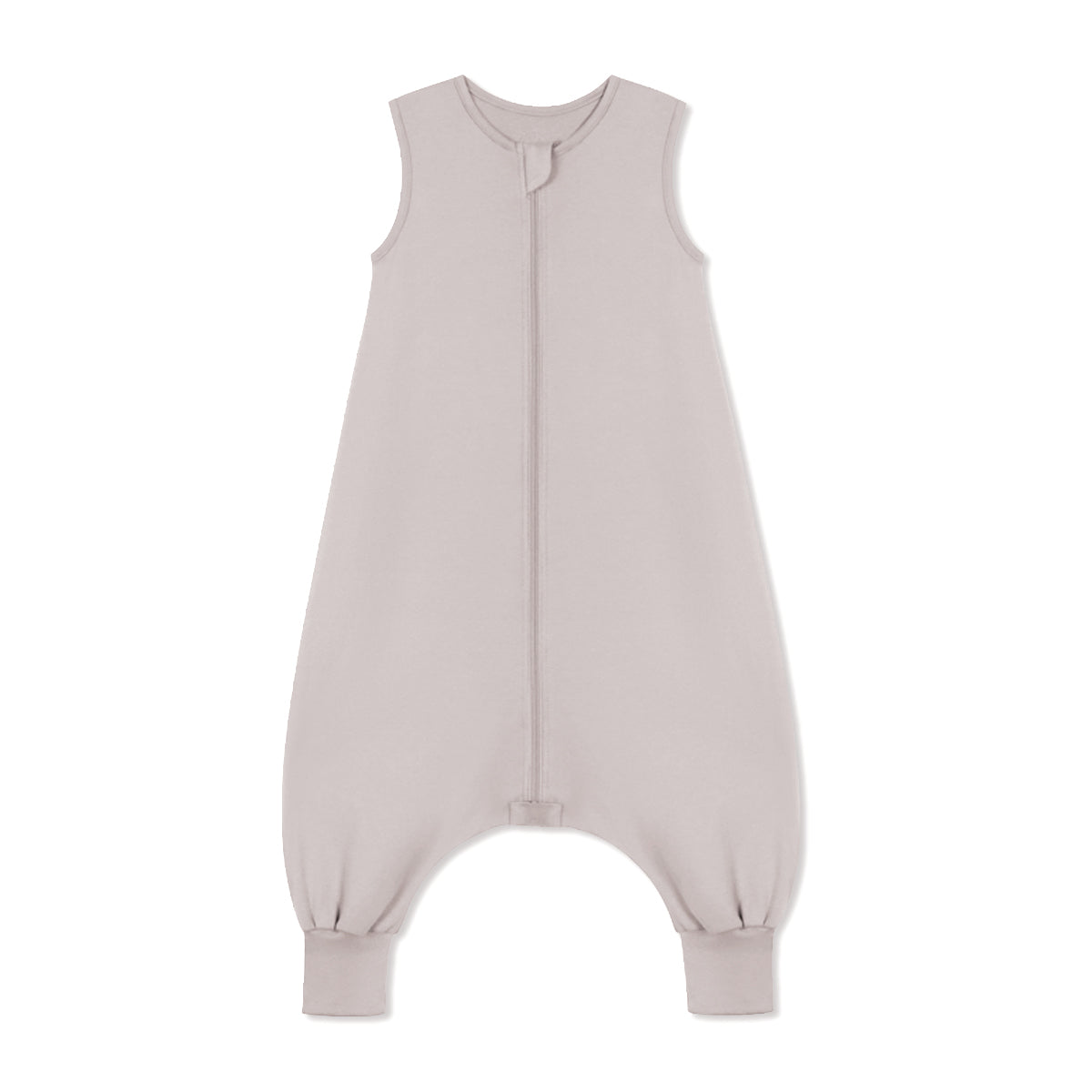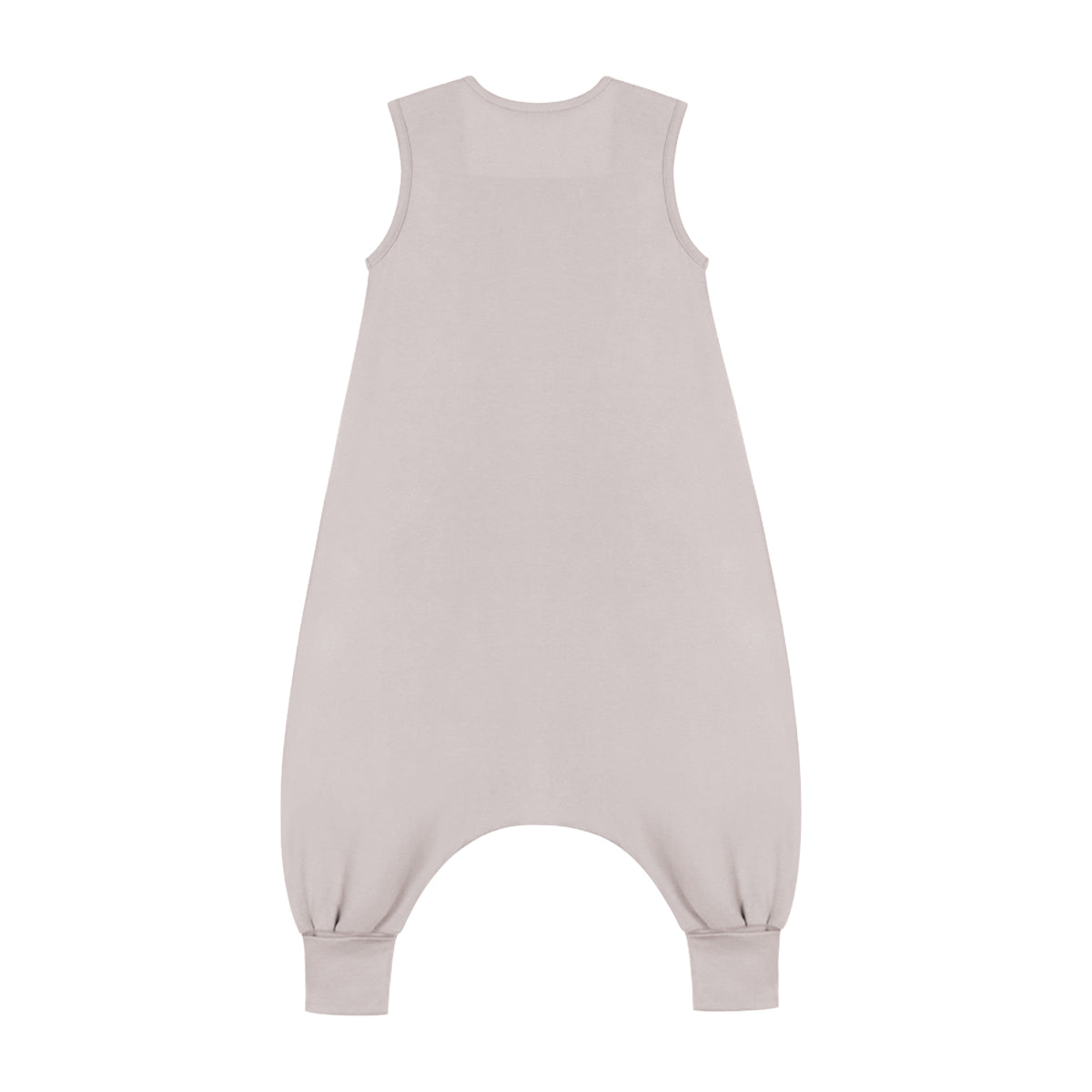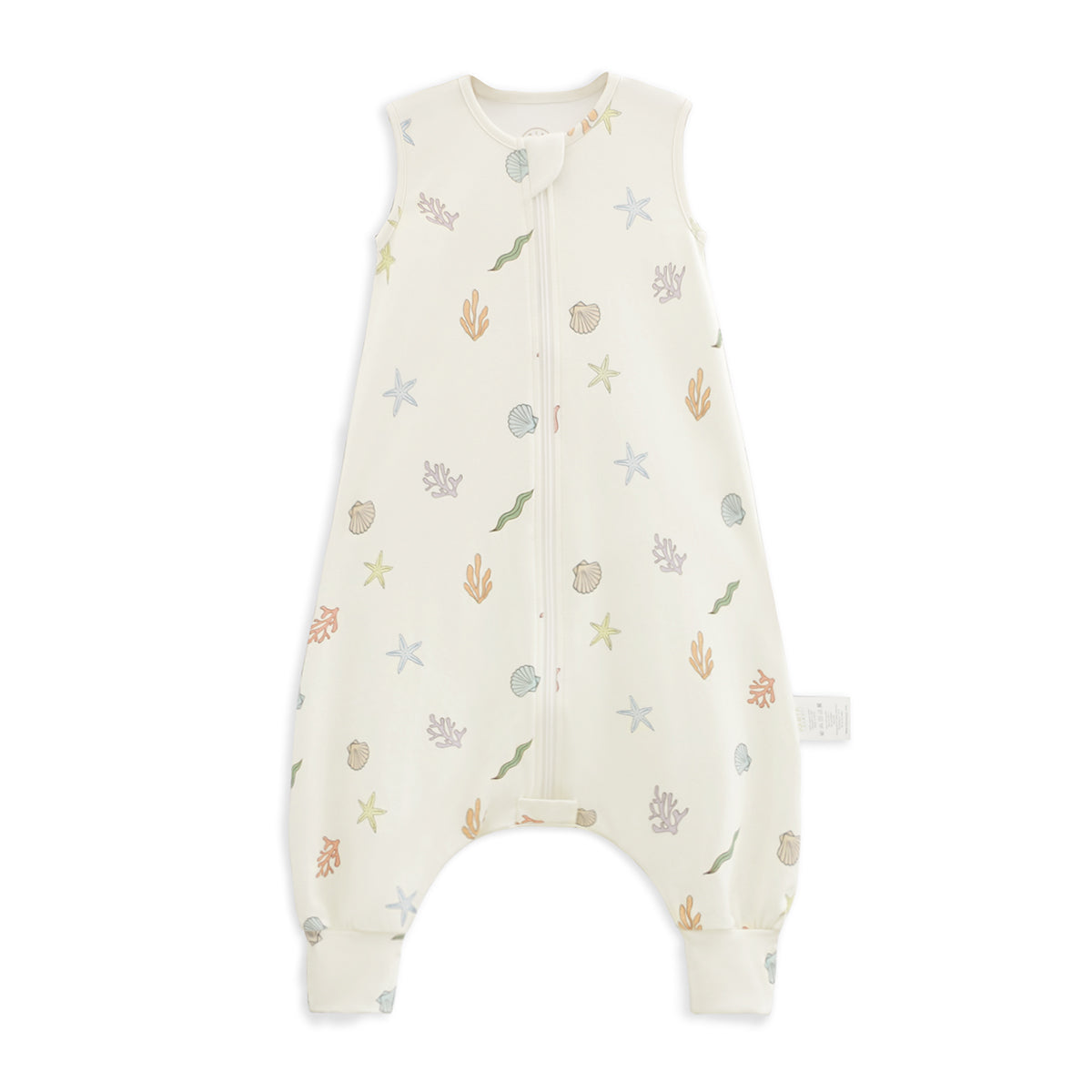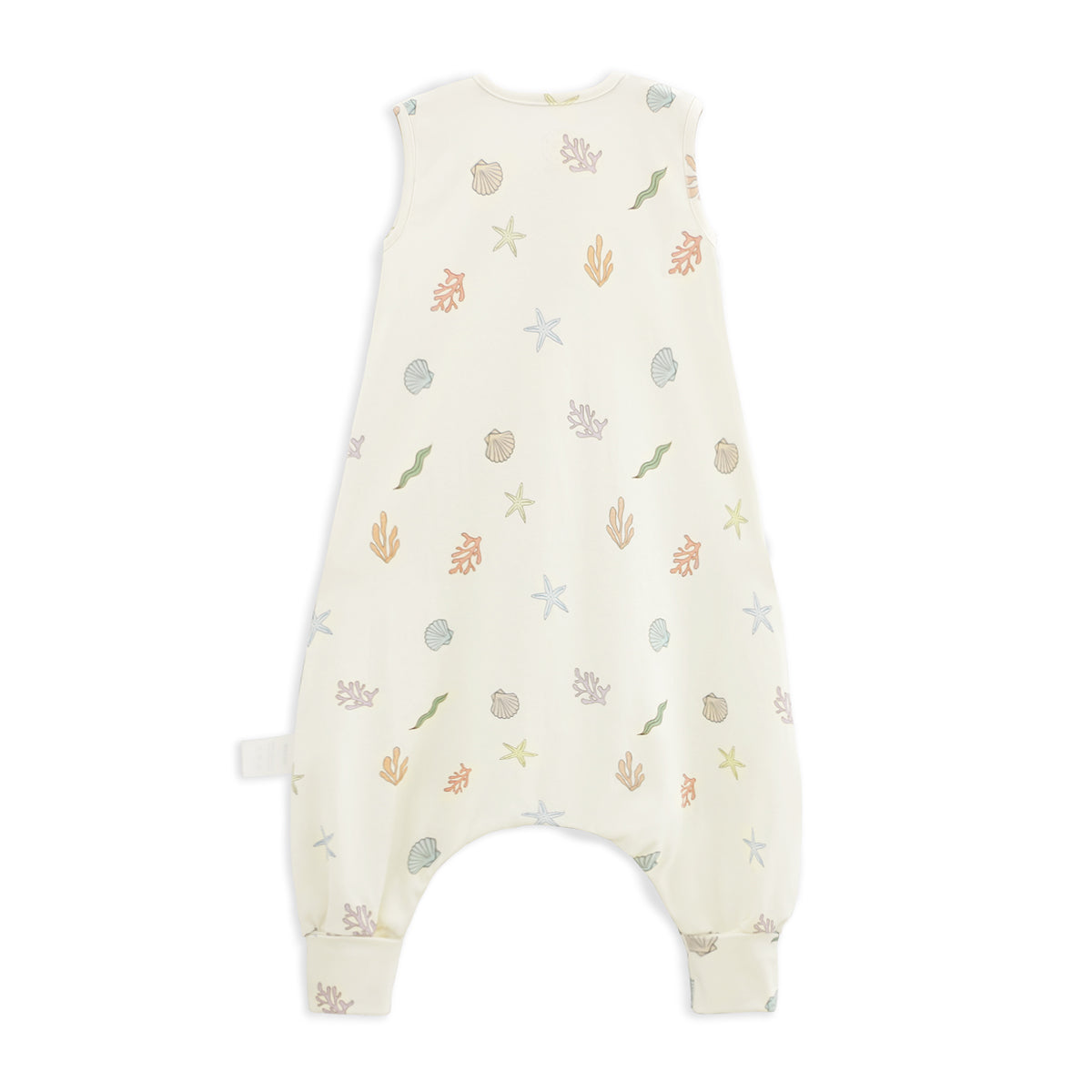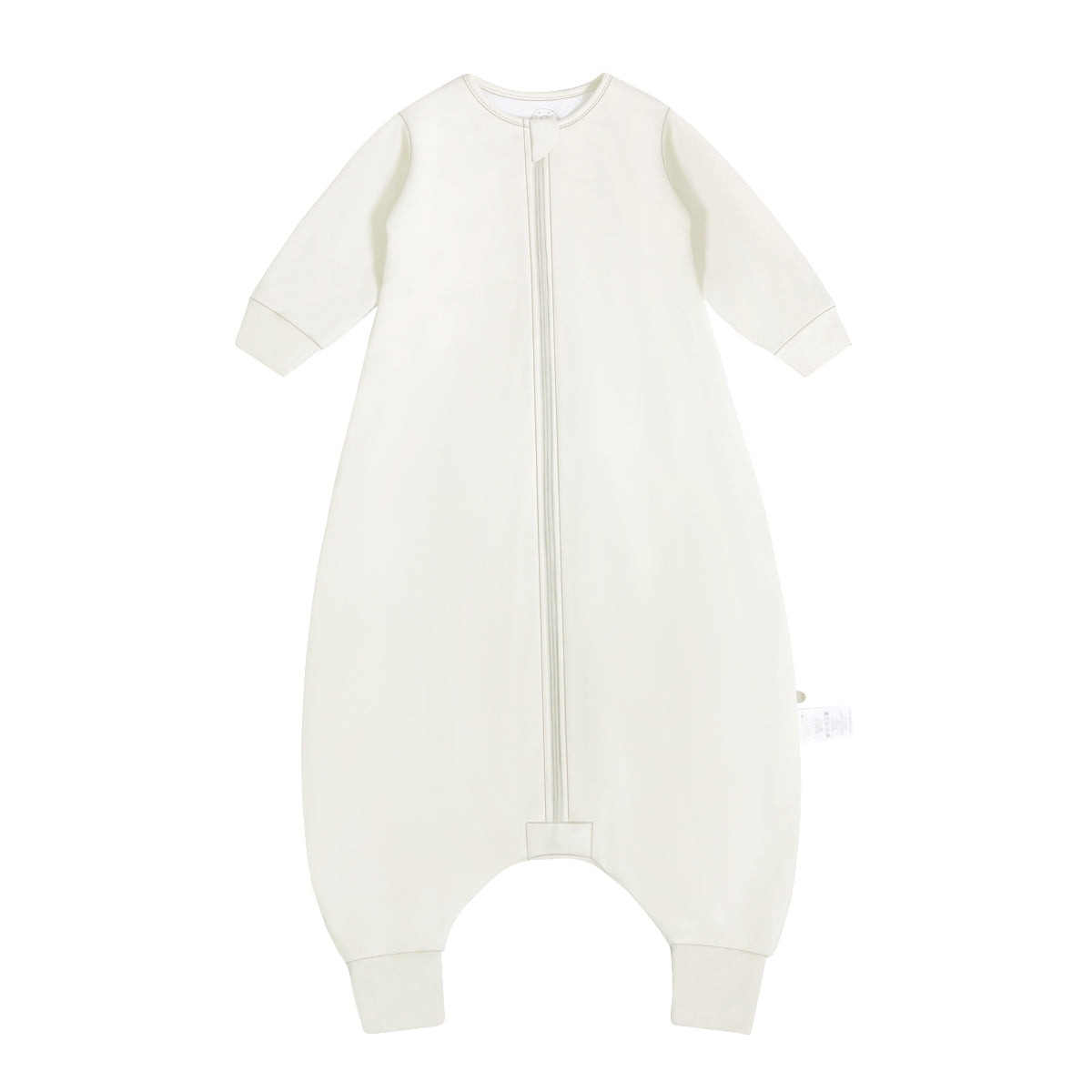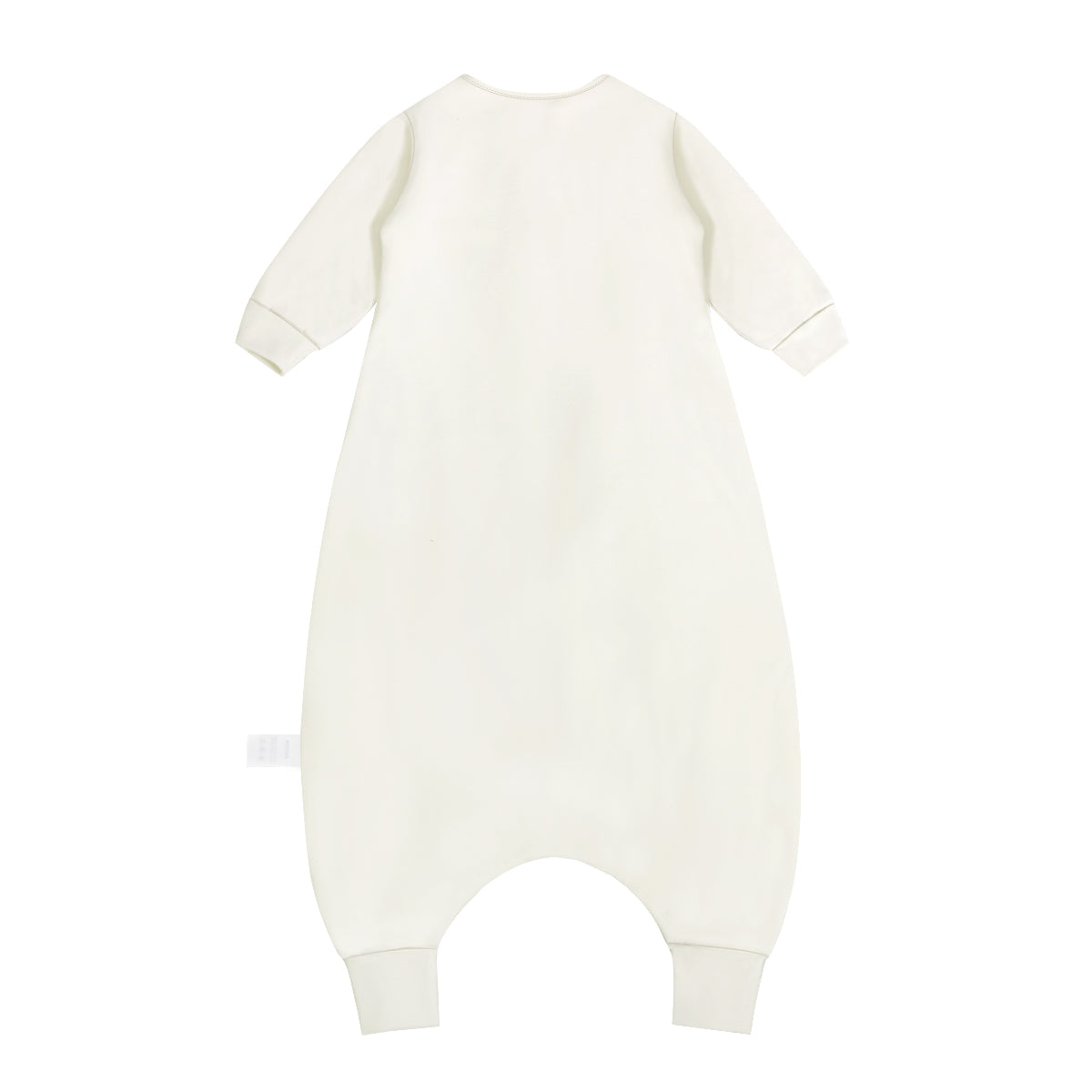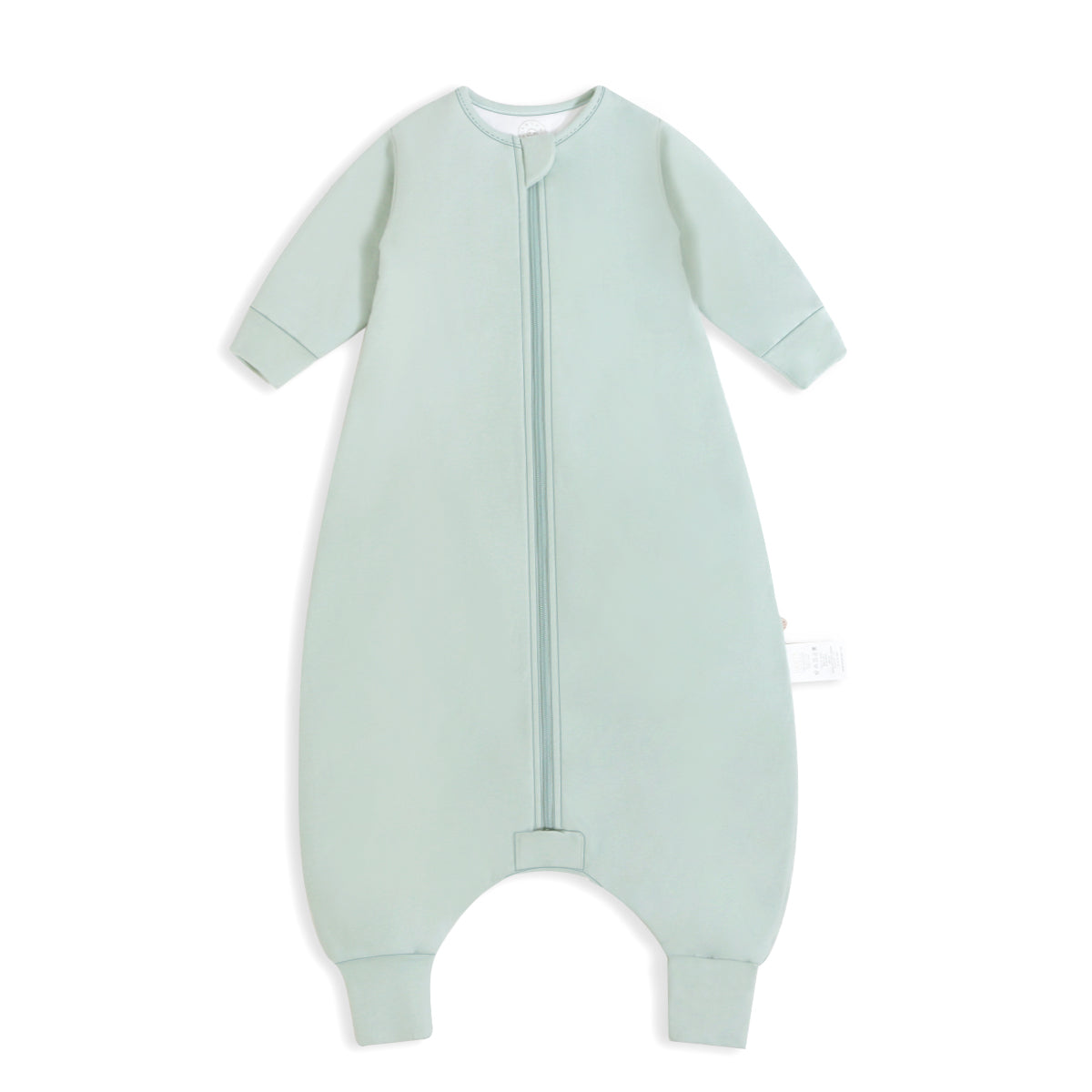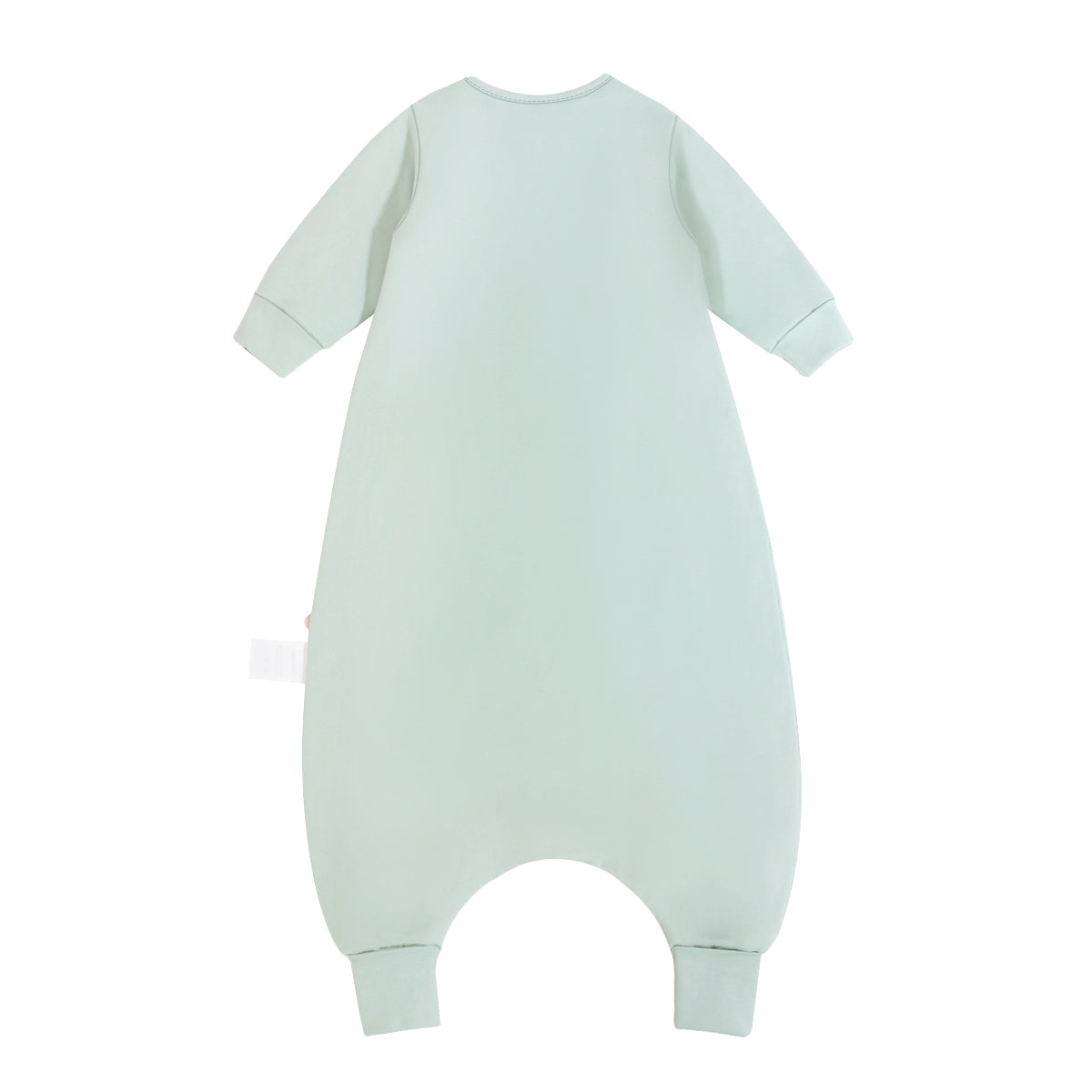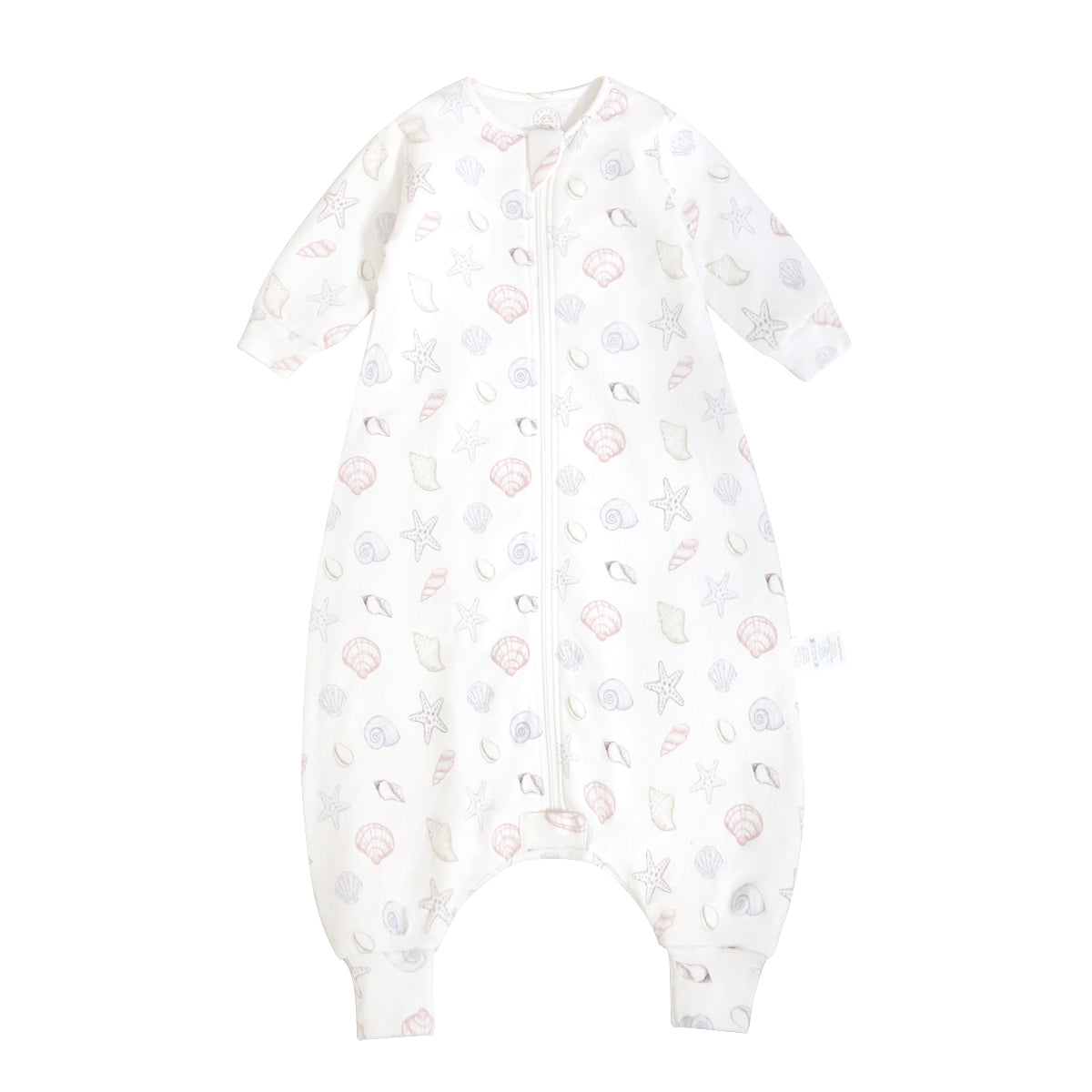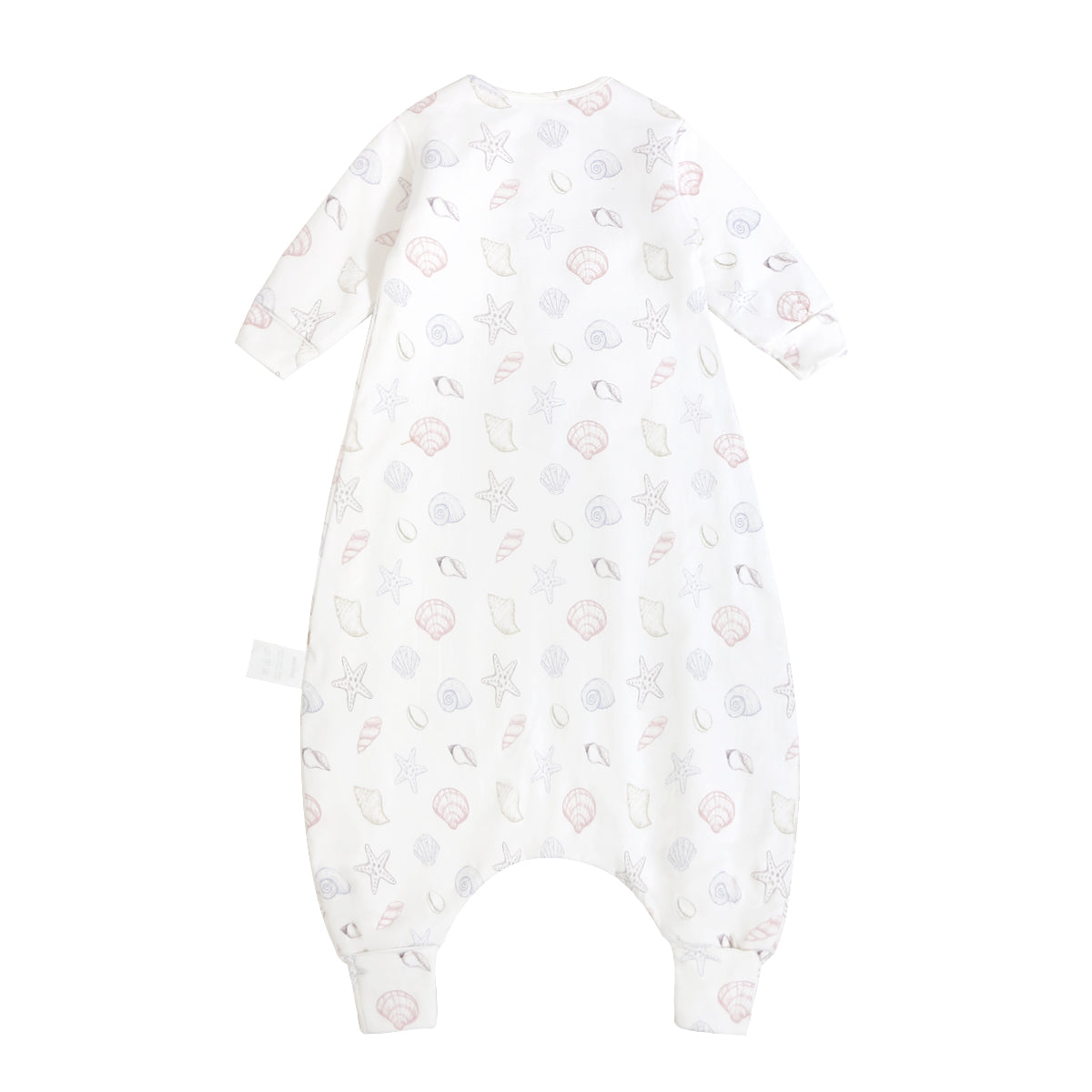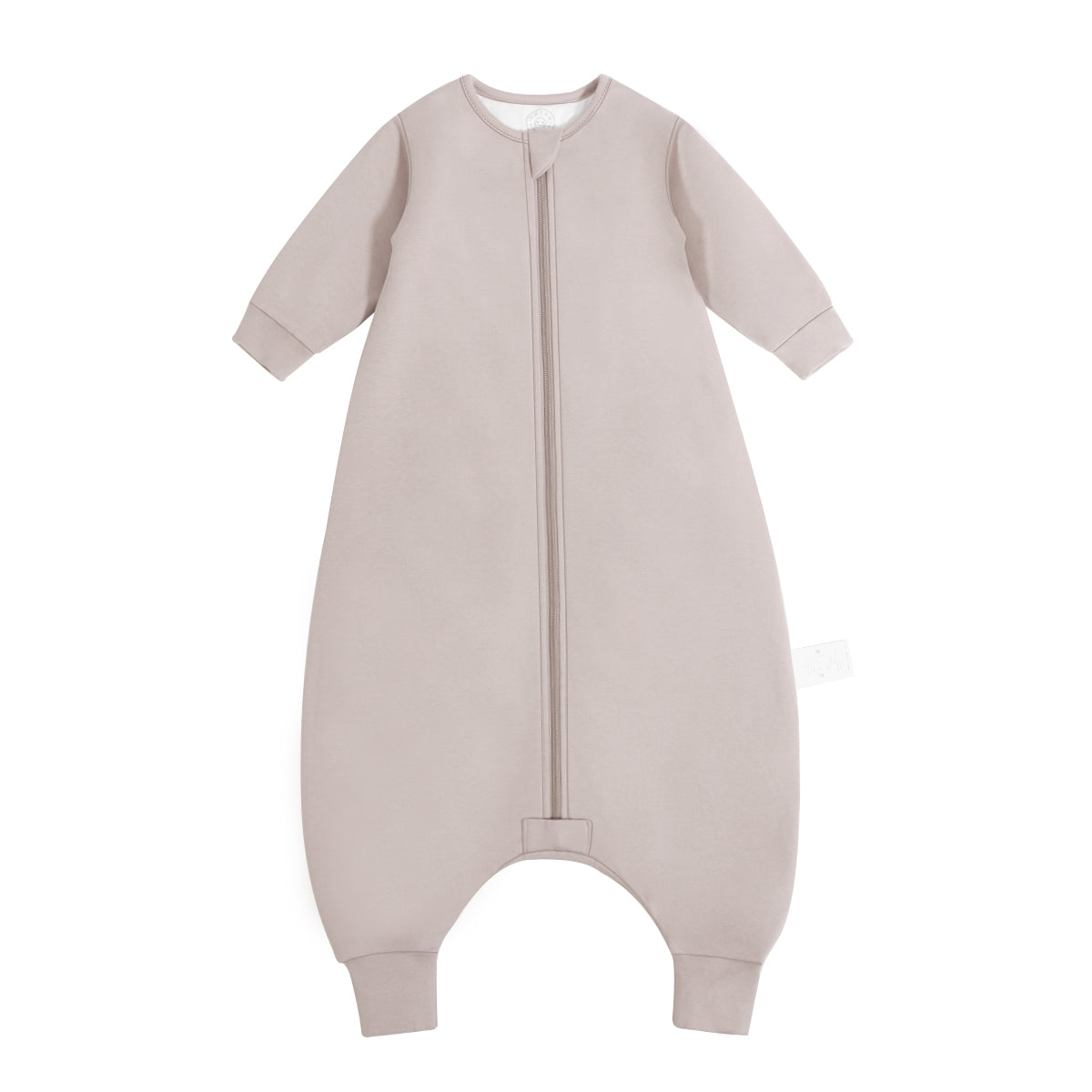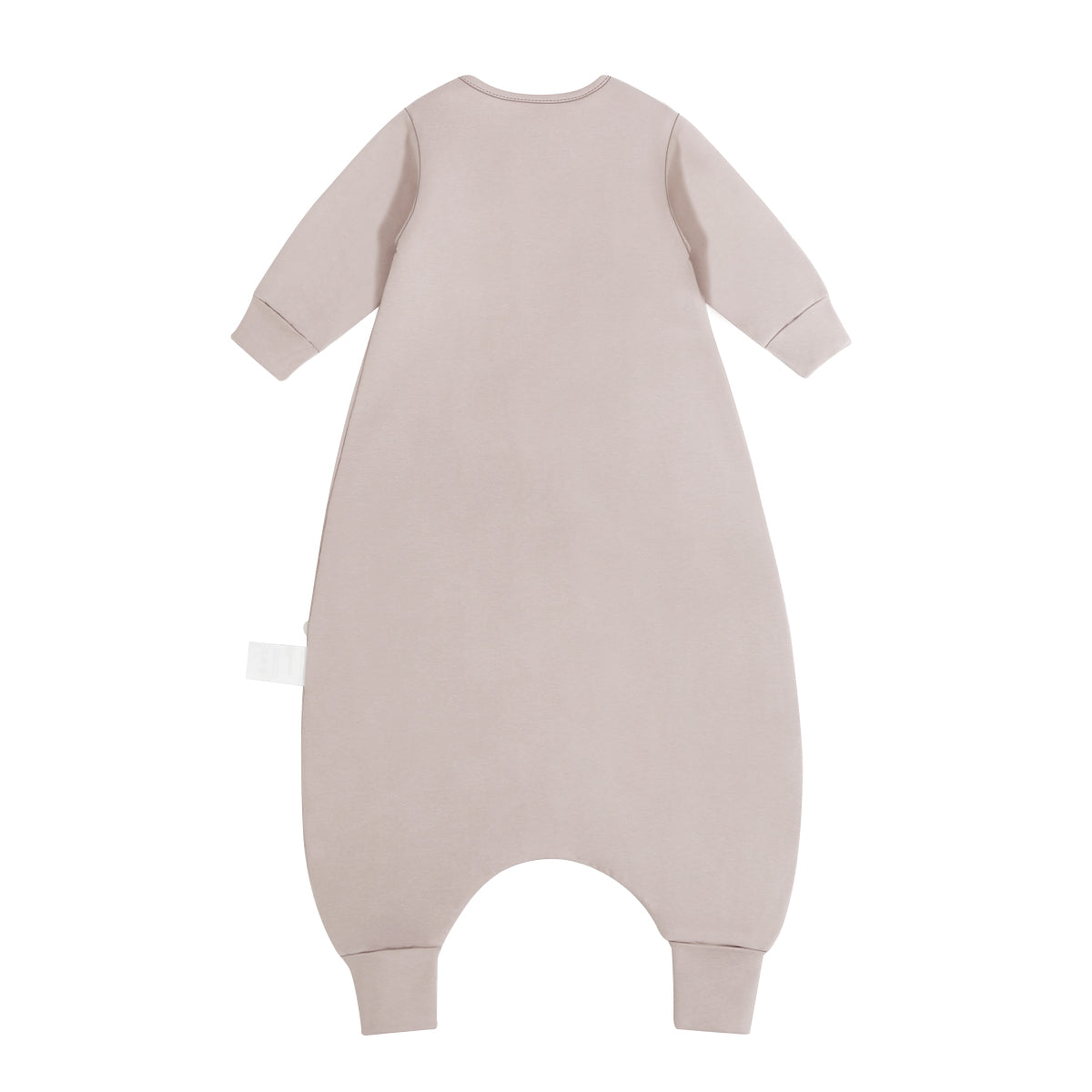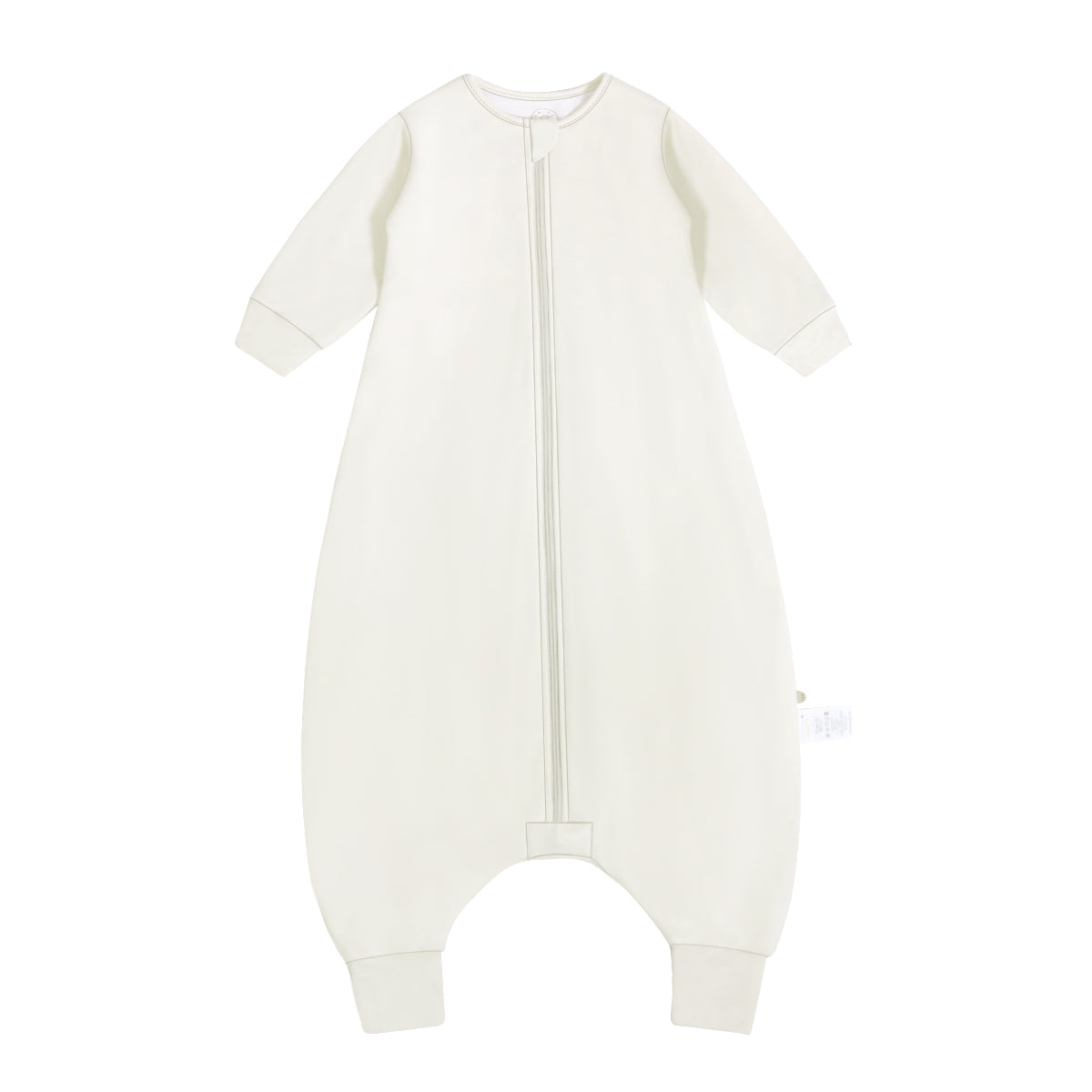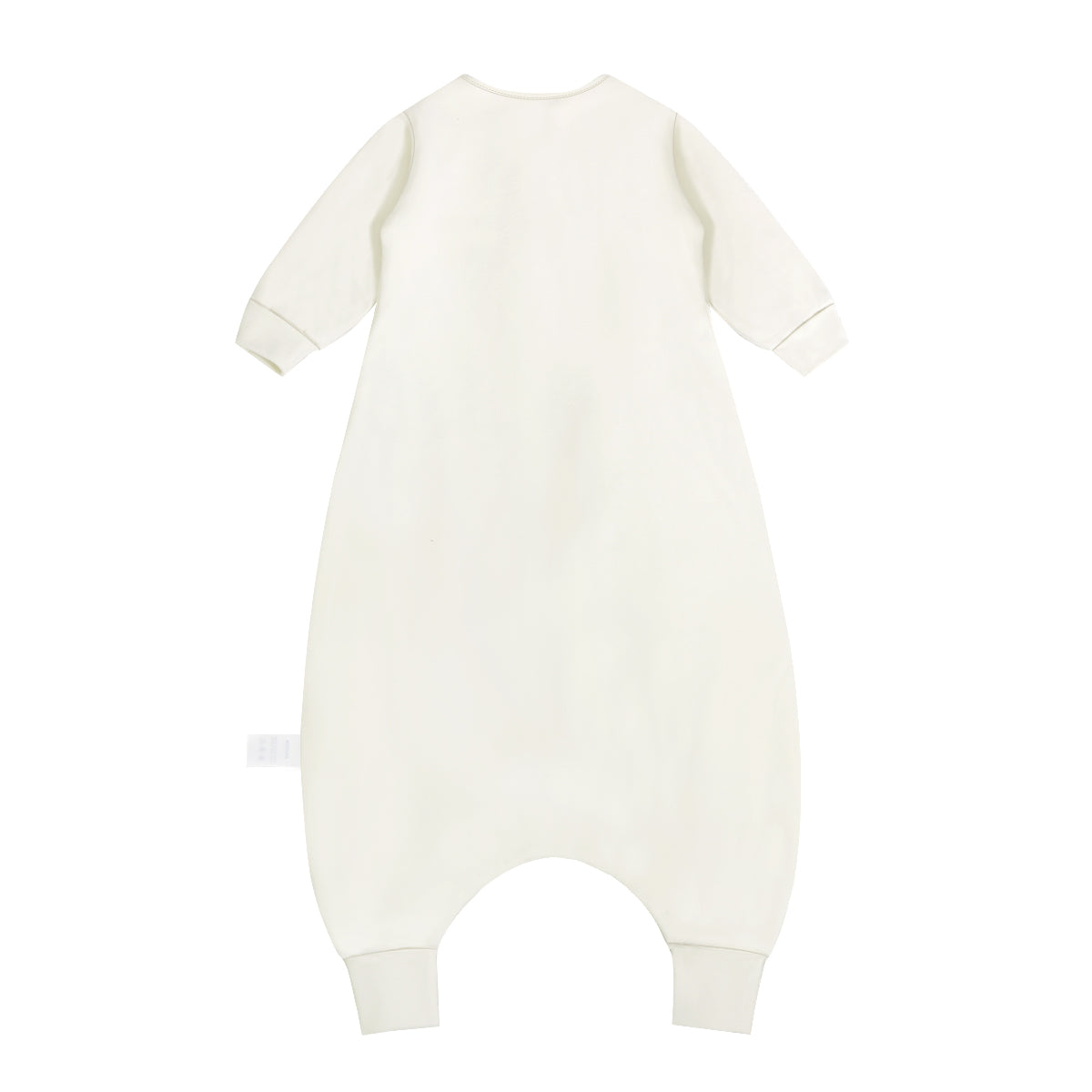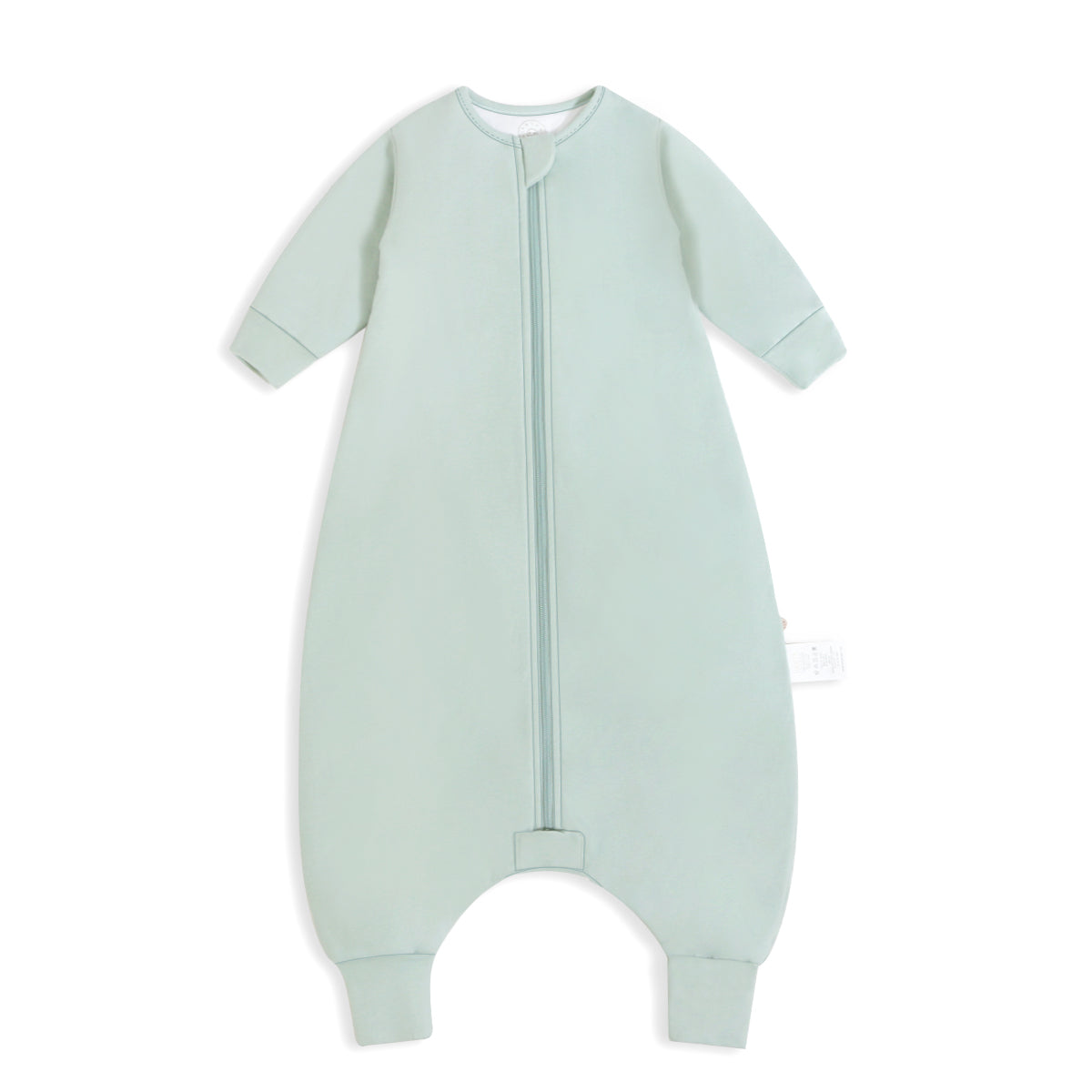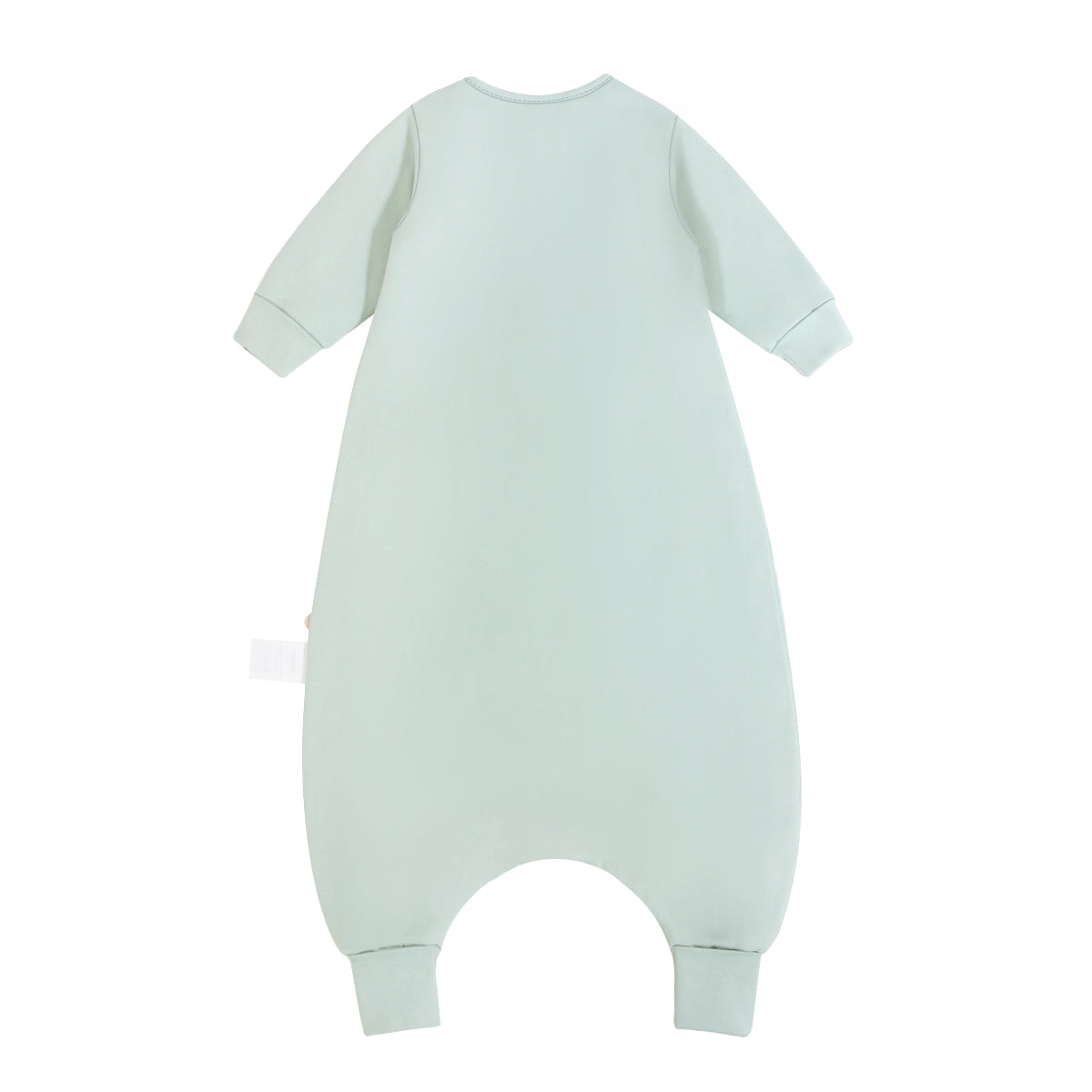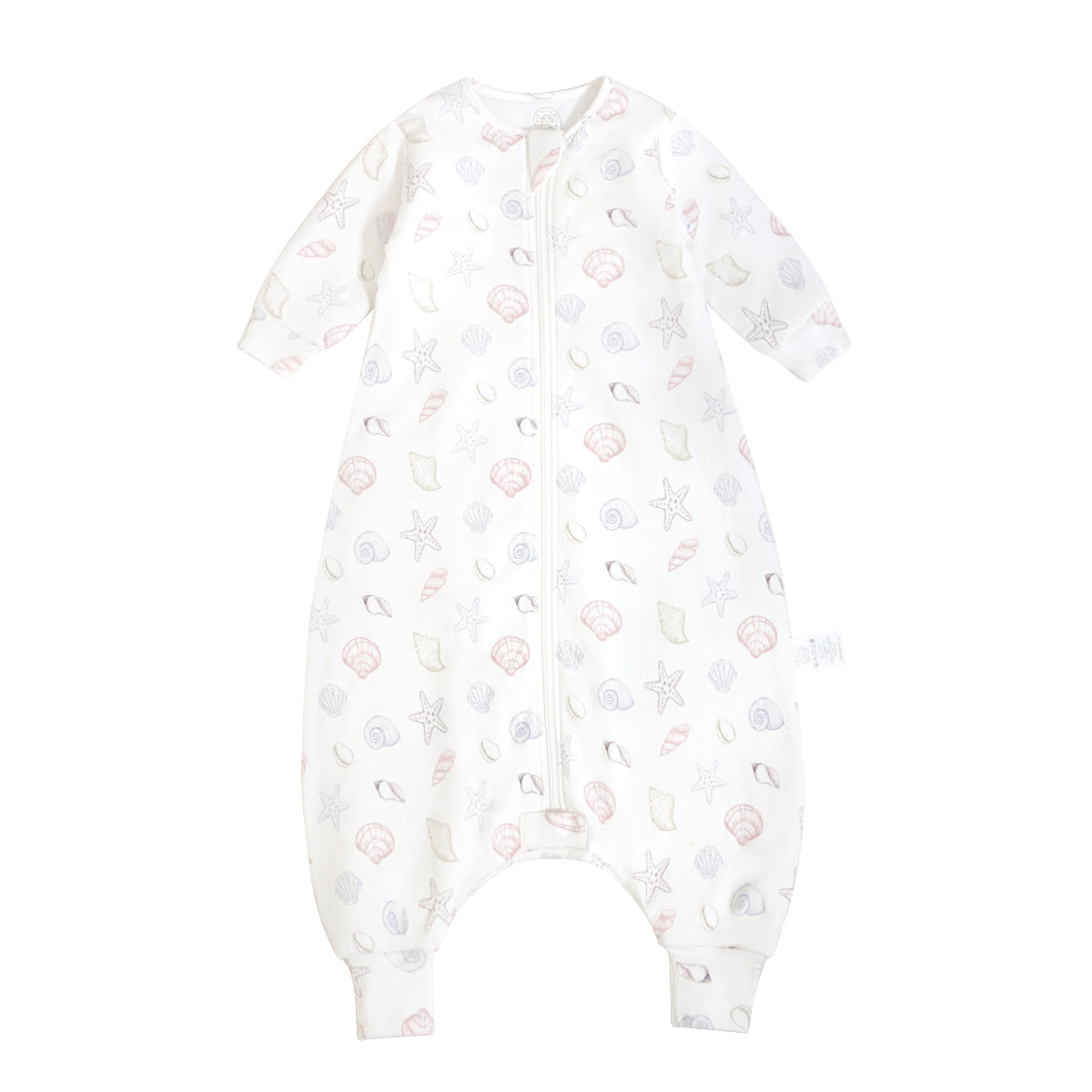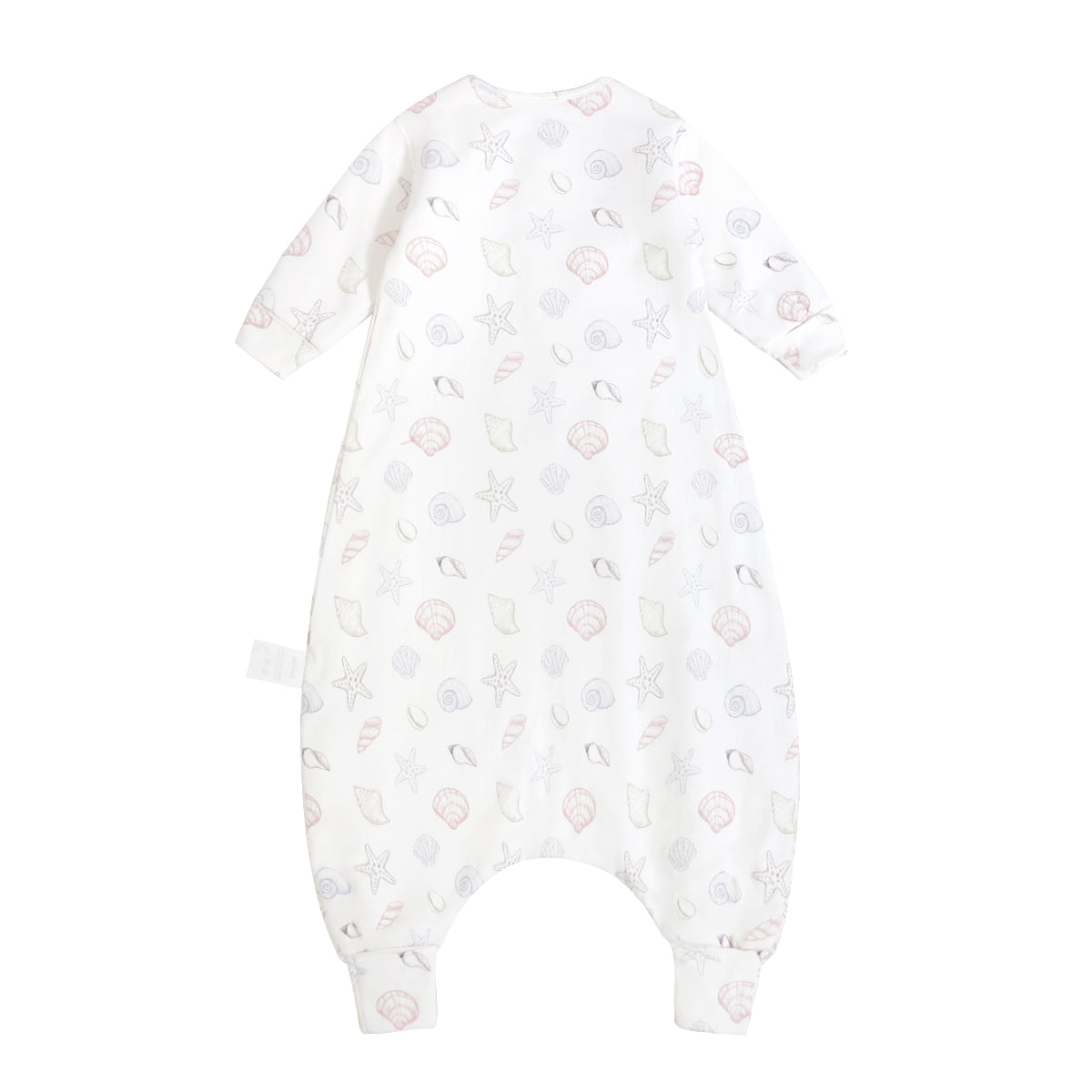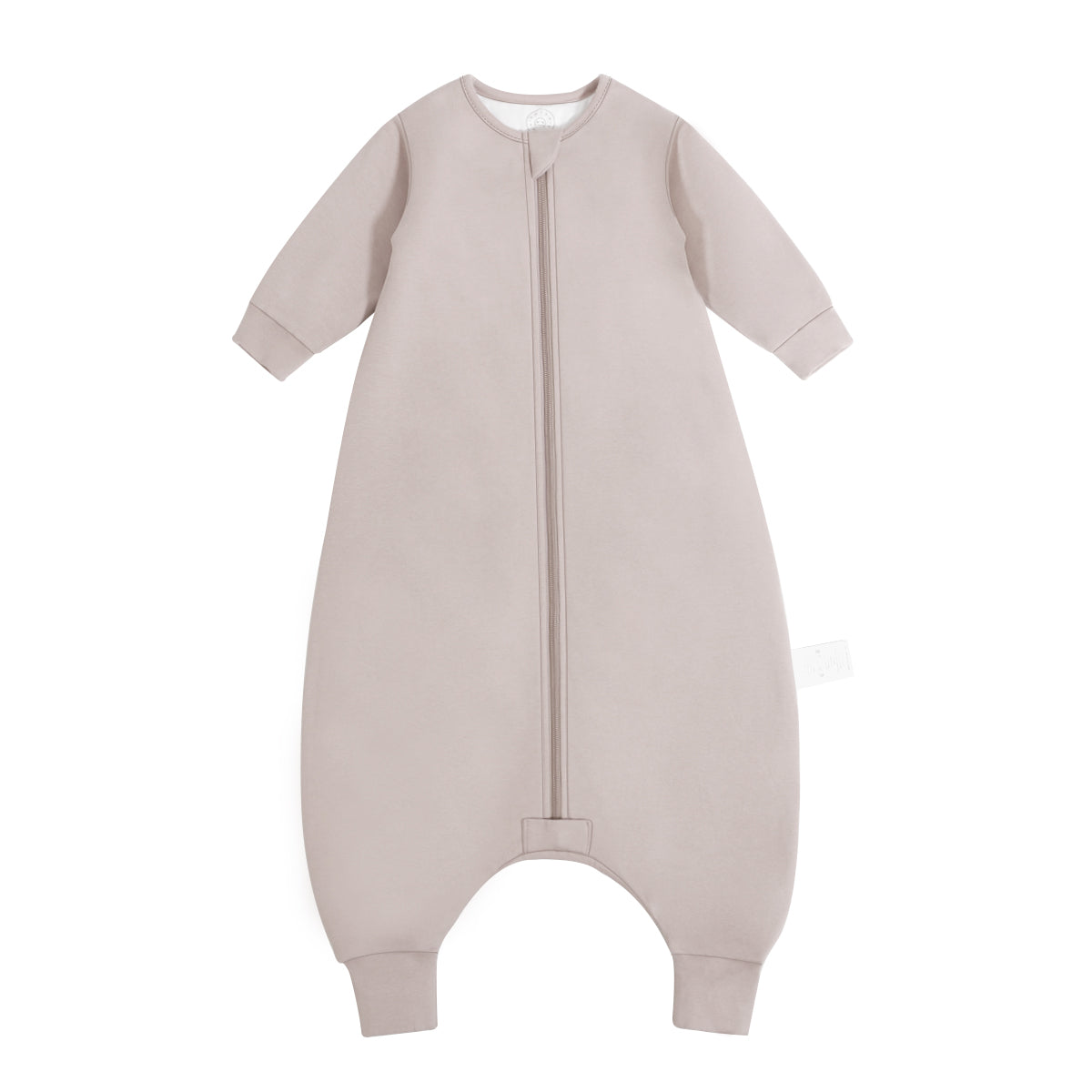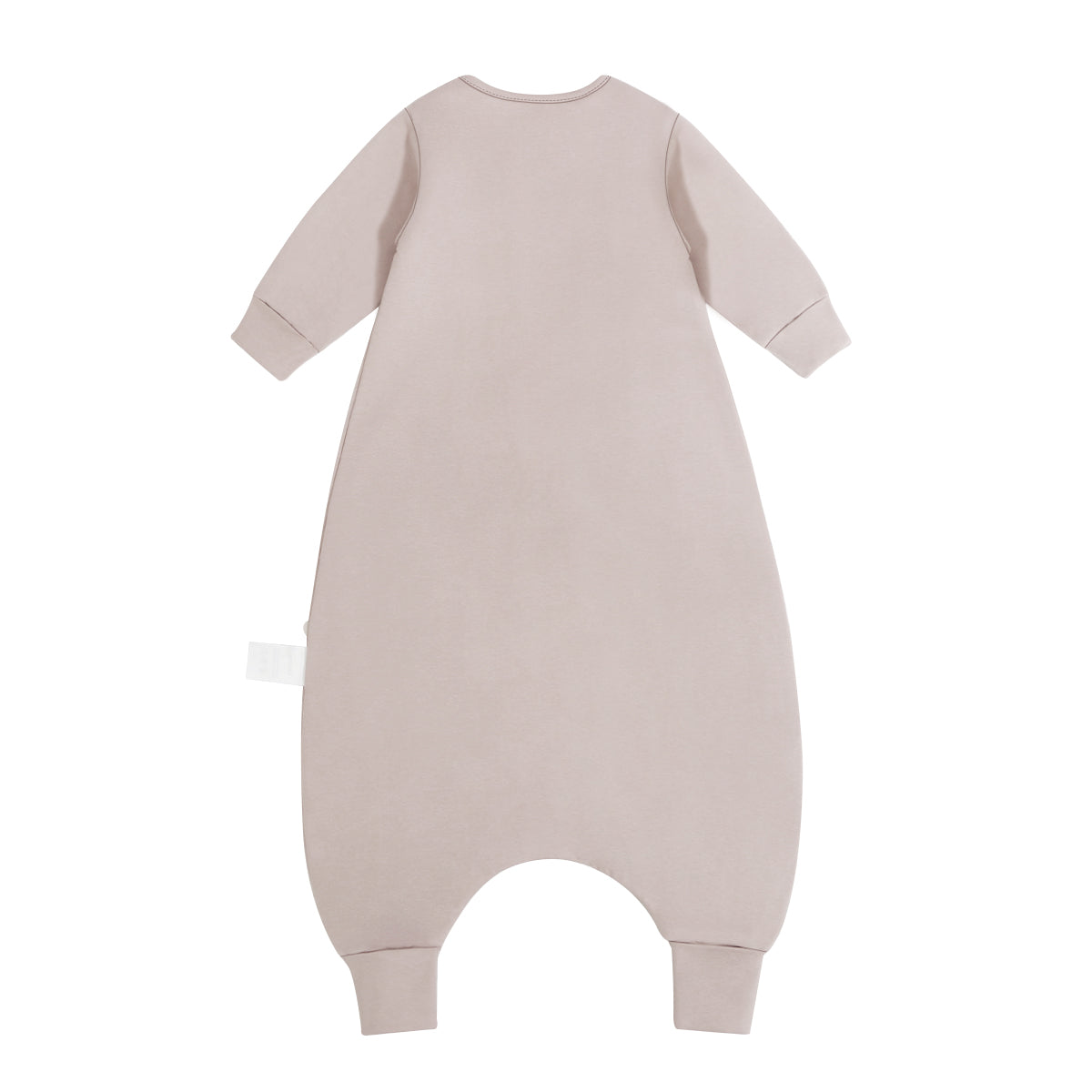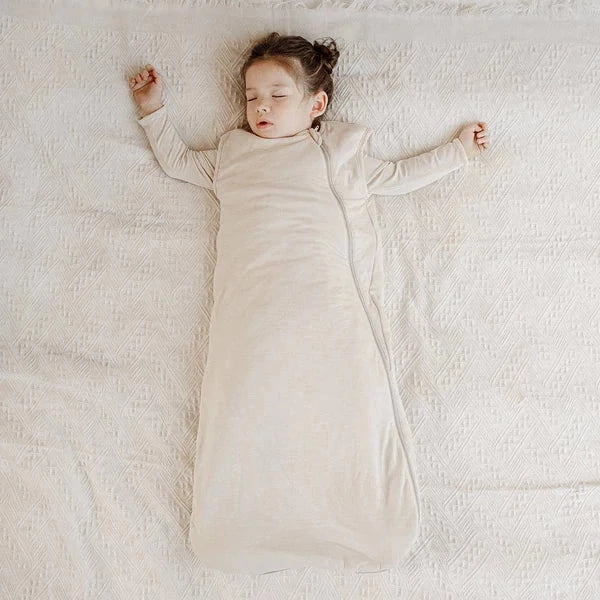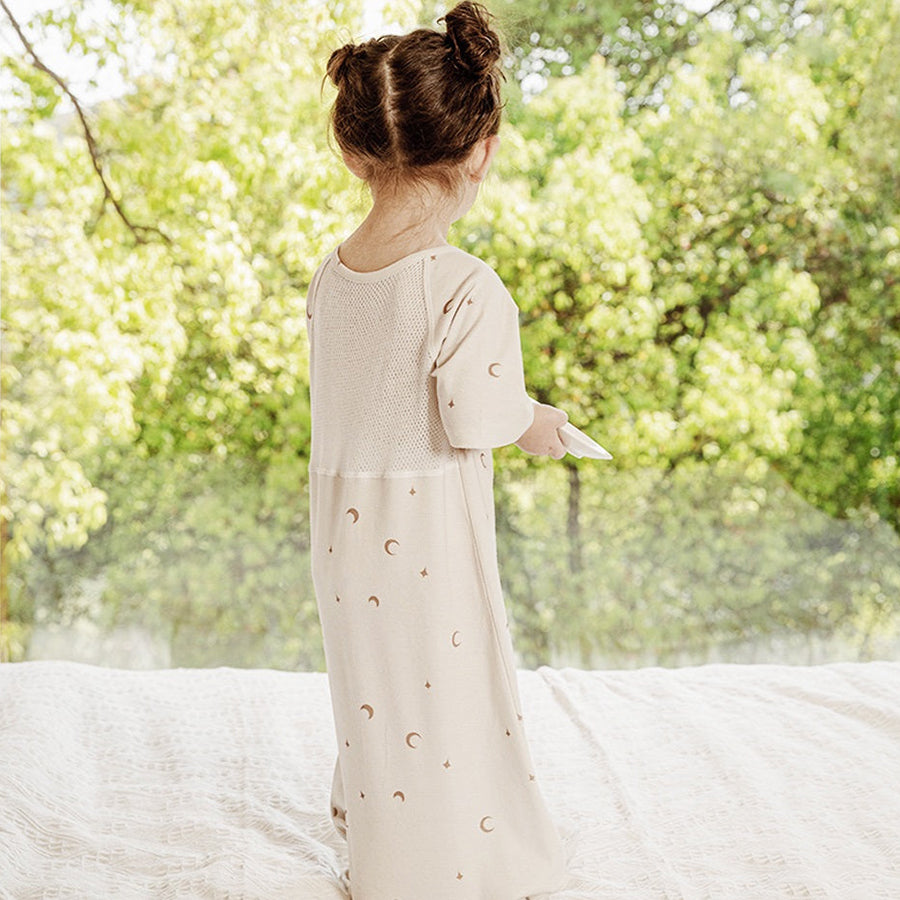Filters
Need help?
Frequently Asked Questions
Yes, we ship all over the world. Shipping costs will apply, and will be added at checkout. We run discounts and promotions all year, so stay tuned for exclusive deals.
Free shipping over $69
Expected Delivery for US standard shipping is 5-12 Business days.
Expected Delivery for US VIP Shipping is 4-10 Business days.
Delivery details will be provided in your confirmation email.
You can contact us through our contact page! We will be happy to assist you.
Blog posts

Have you ever thought if your little one is feeling cold during the long nights? Knowing the signs that your baby may be getting cold at night is vital to ensuring their comfort and health. Babies ...
Read more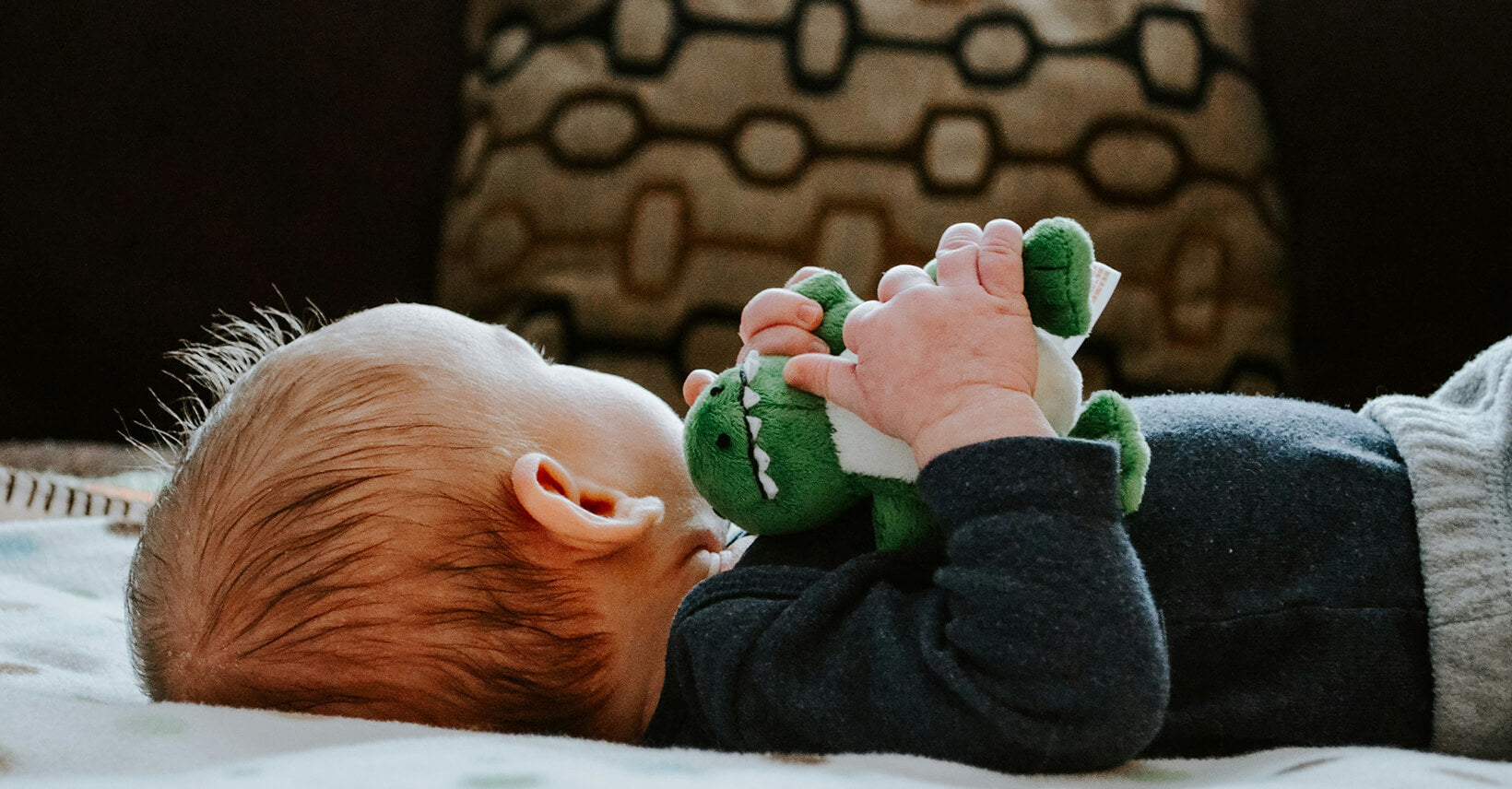
Parents in the United States often are confused that their once well-rested baby suddenly begins waking up frequently during the night around 16 months of age. This phenomenon is known as 16-month ...
Read more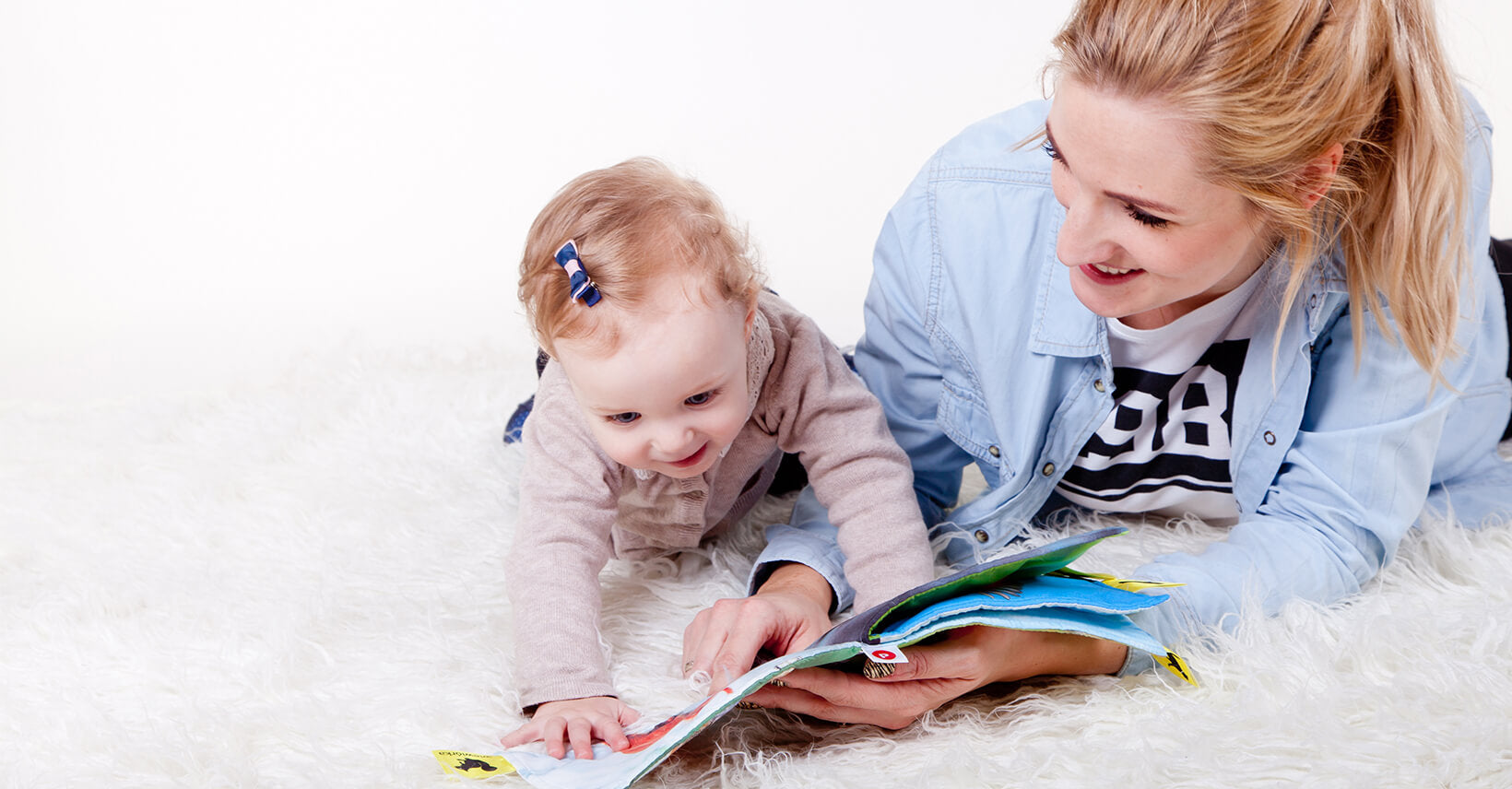
New moms often ask, When will my baby say mama? It's an important milestone that concerns many moms who are eager for their little one's first call of mommy. While every baby develops at his or her...
Read more
